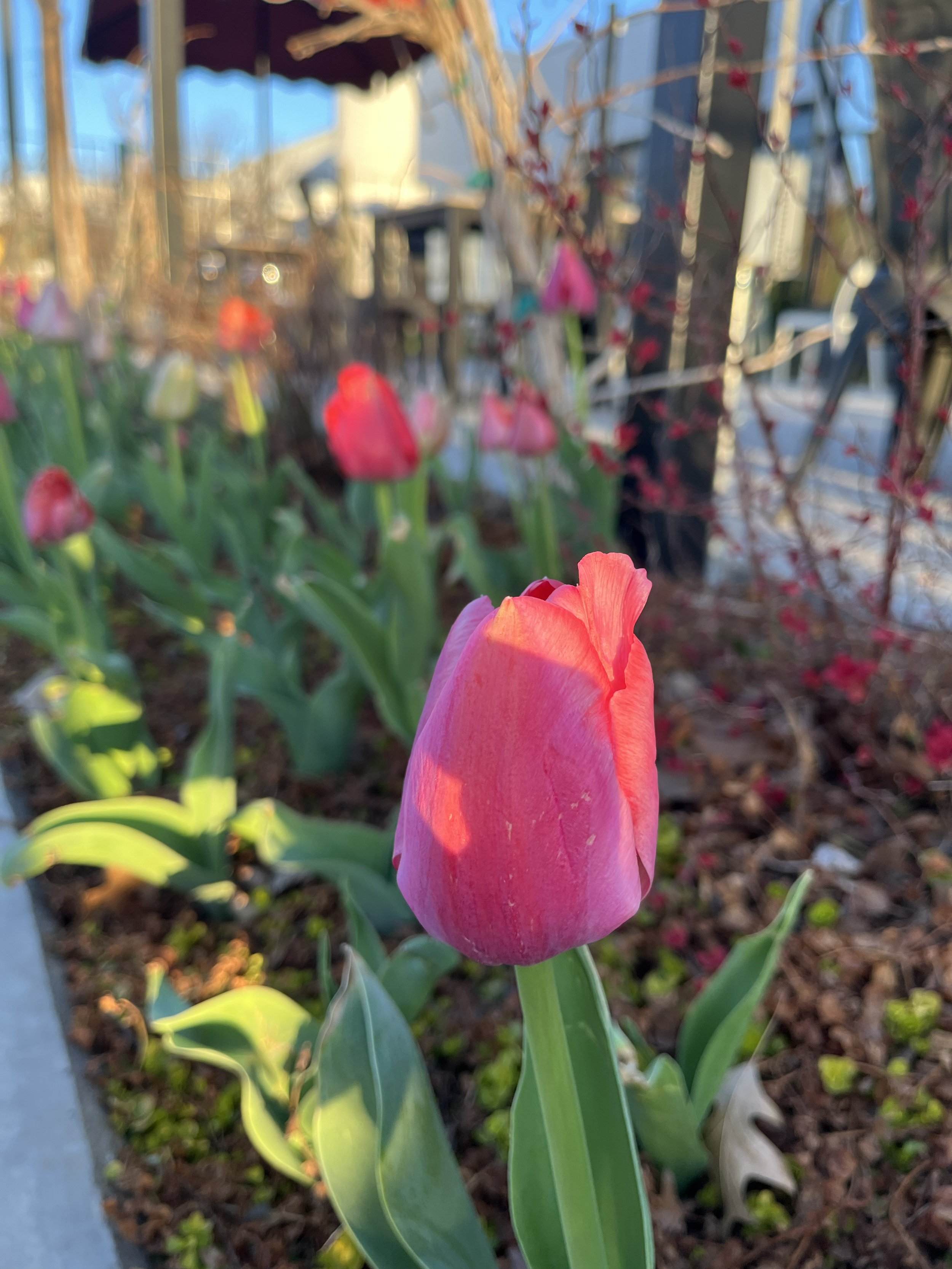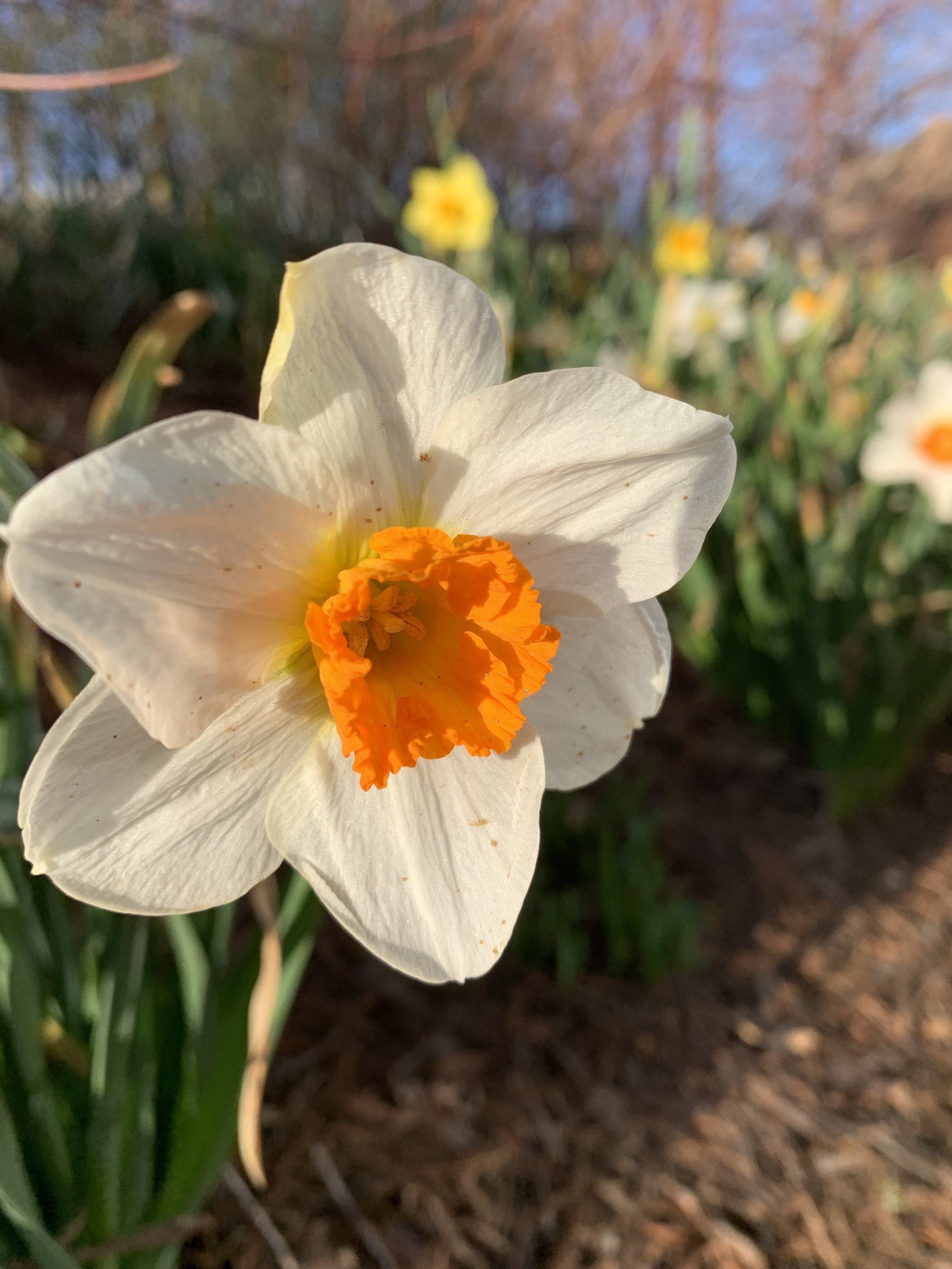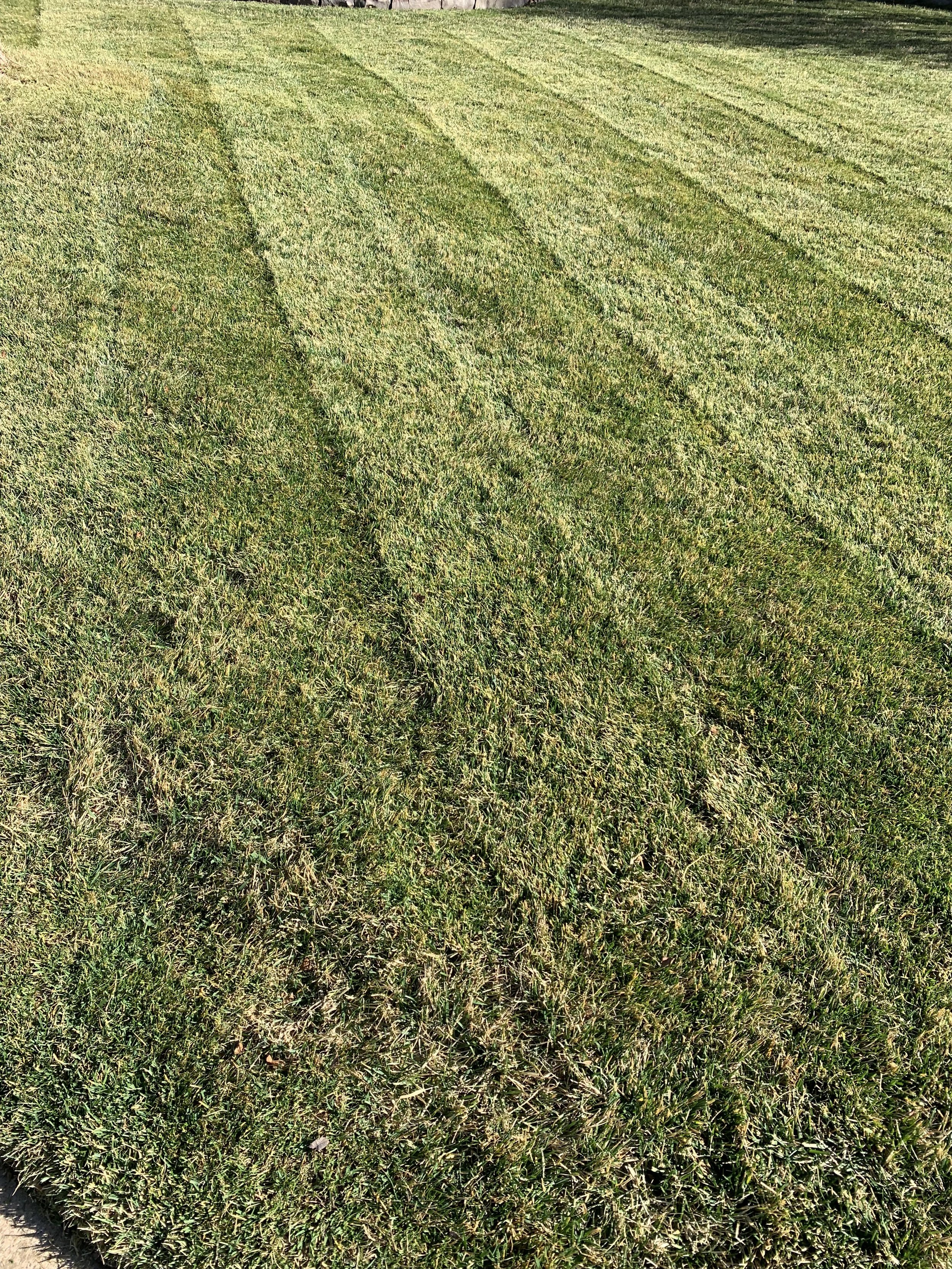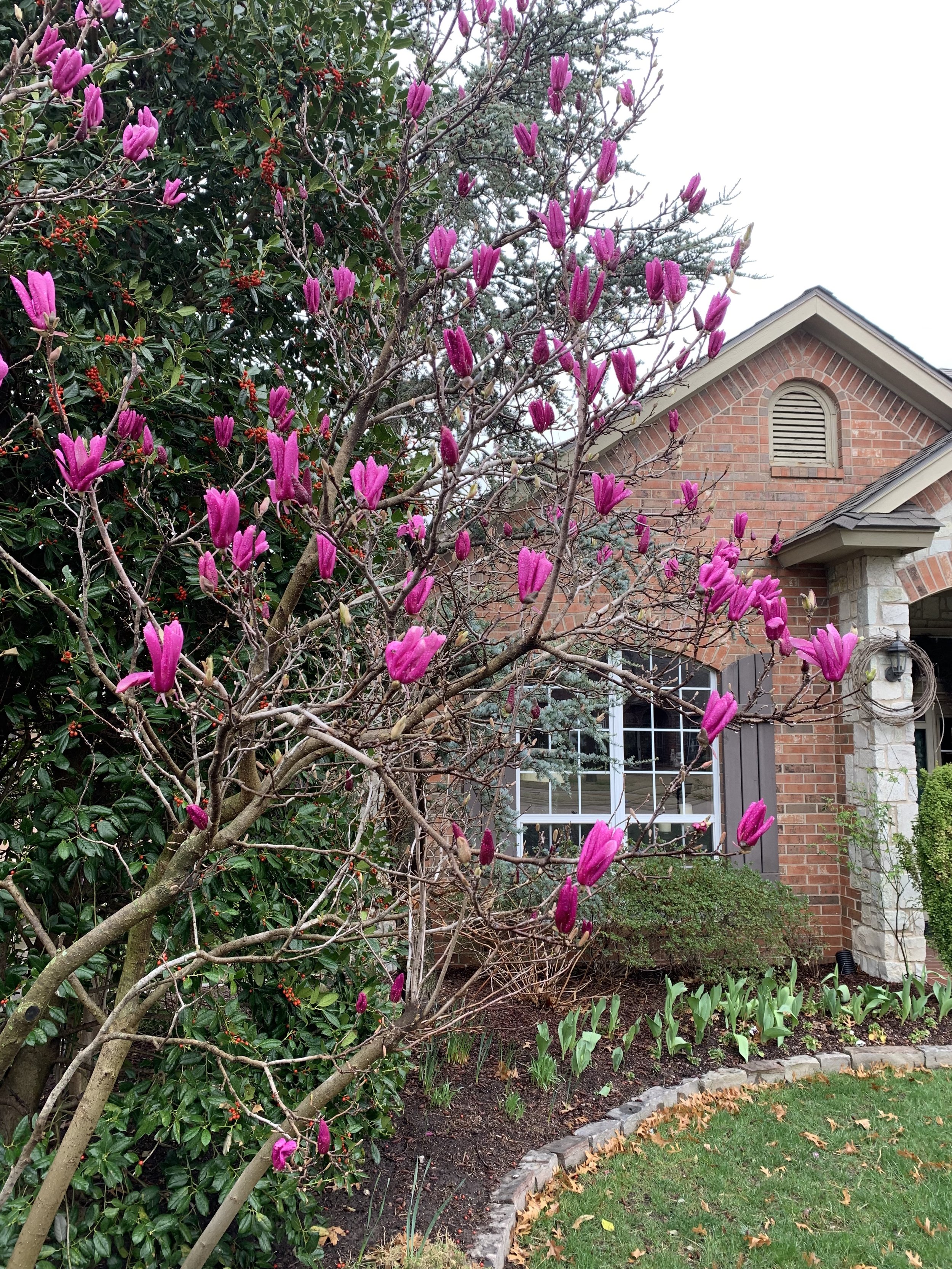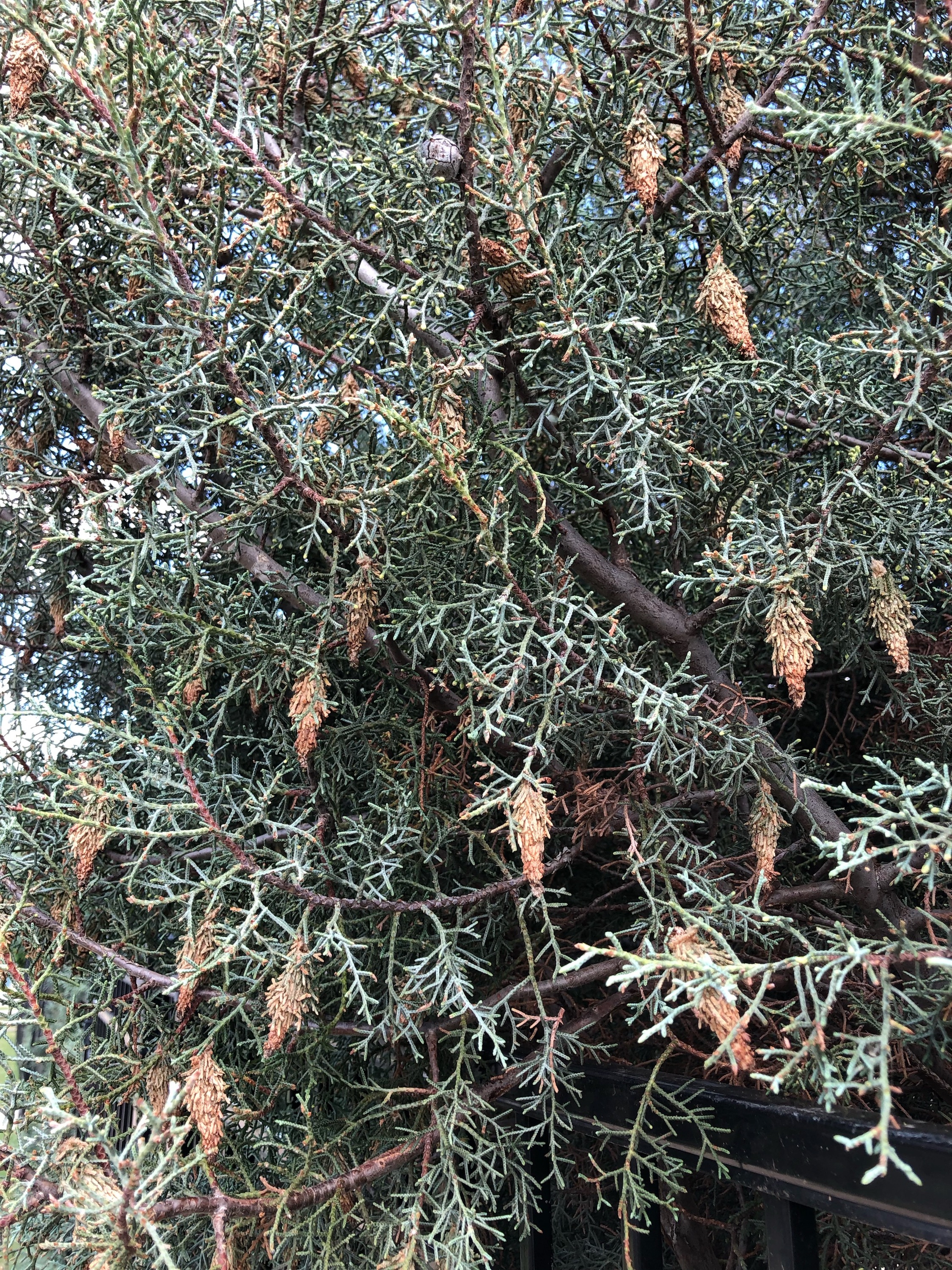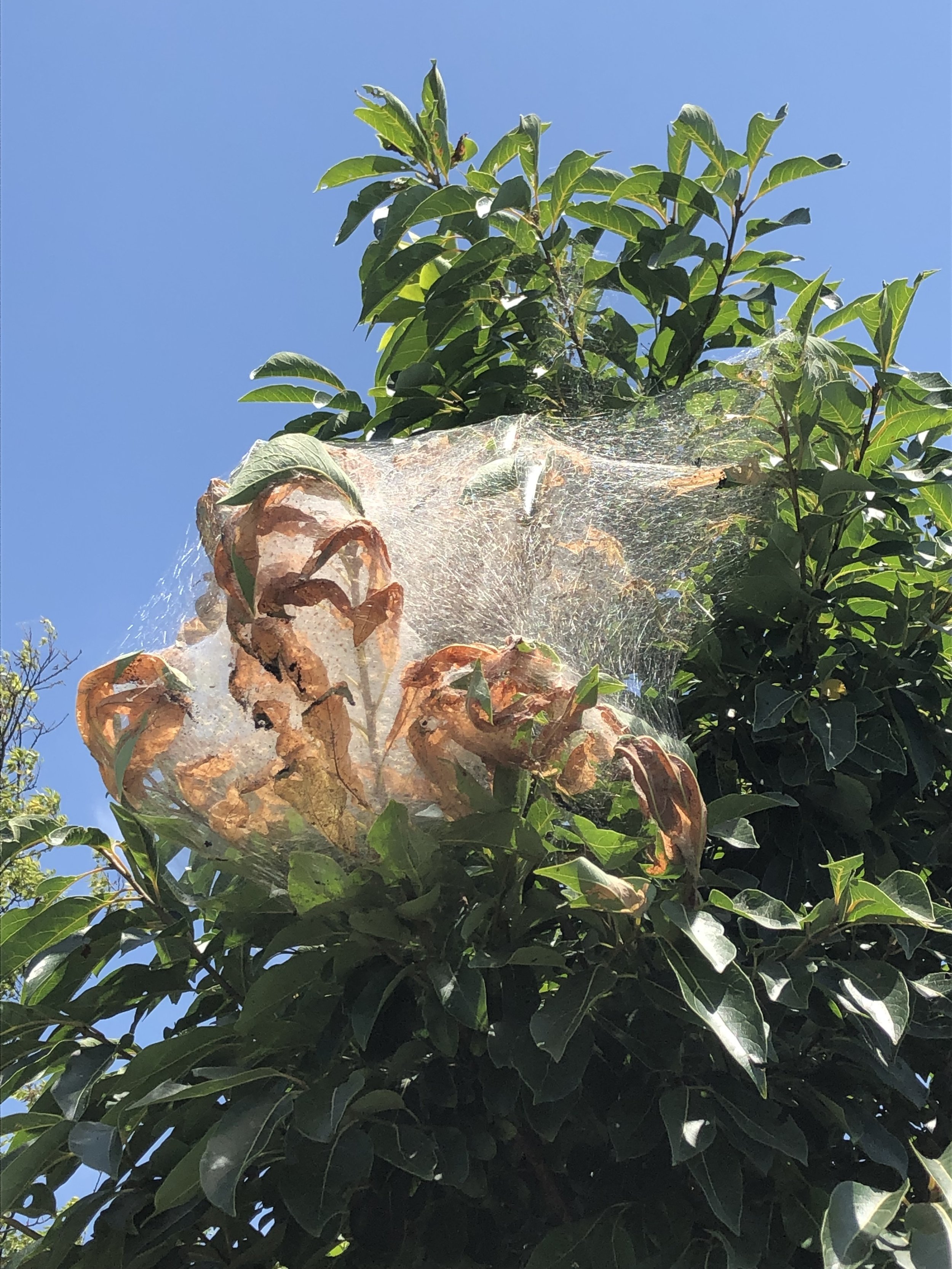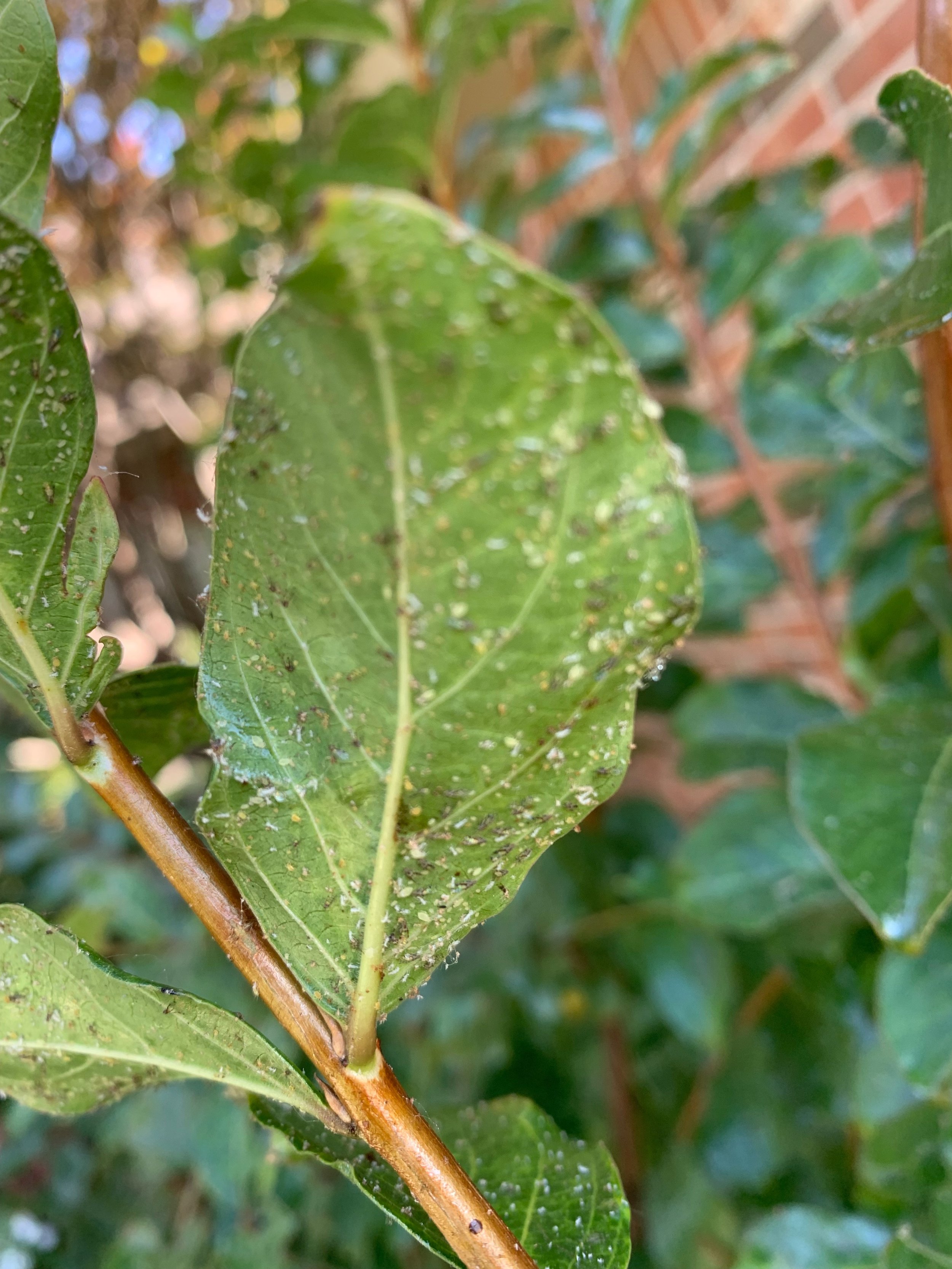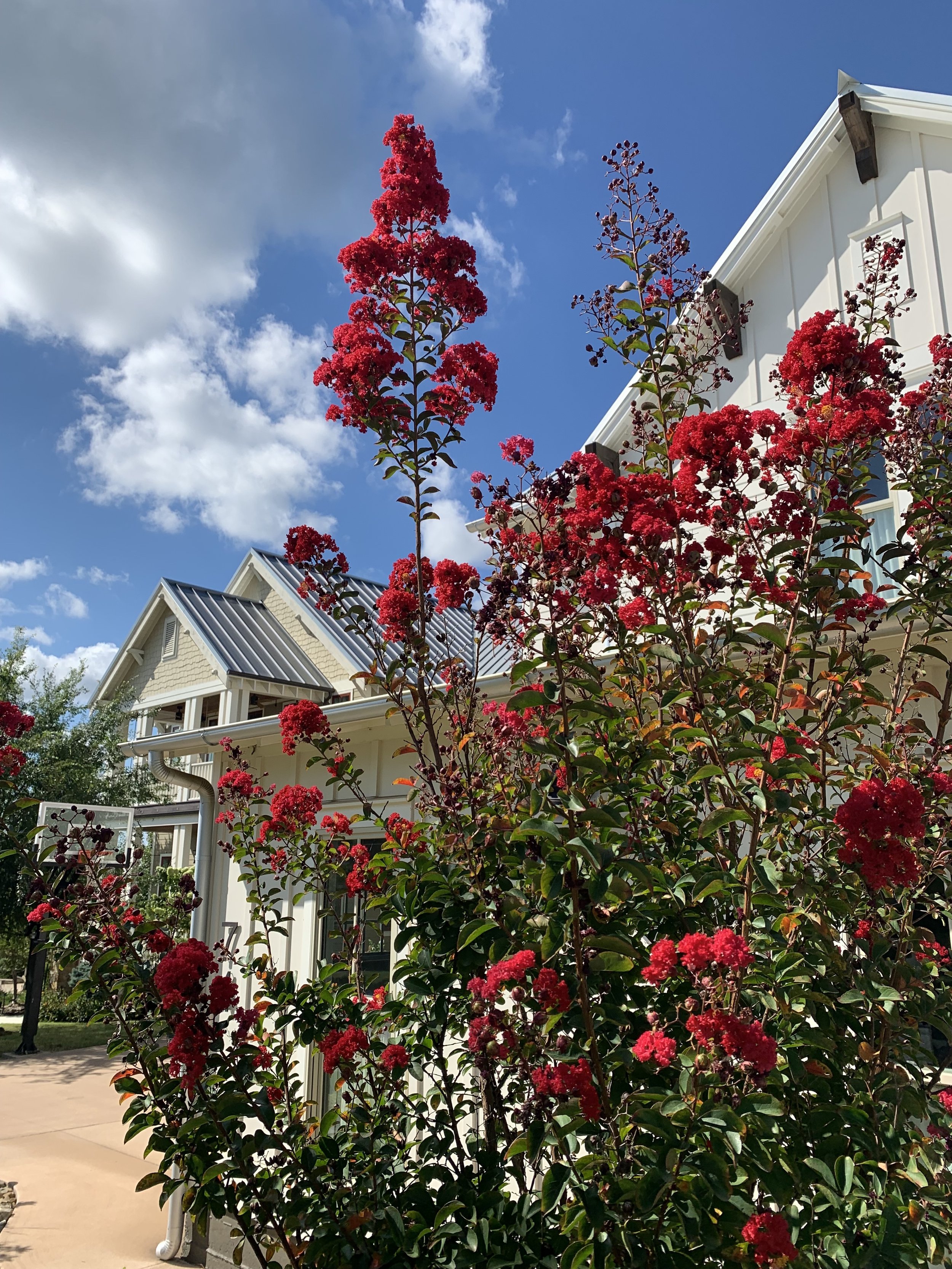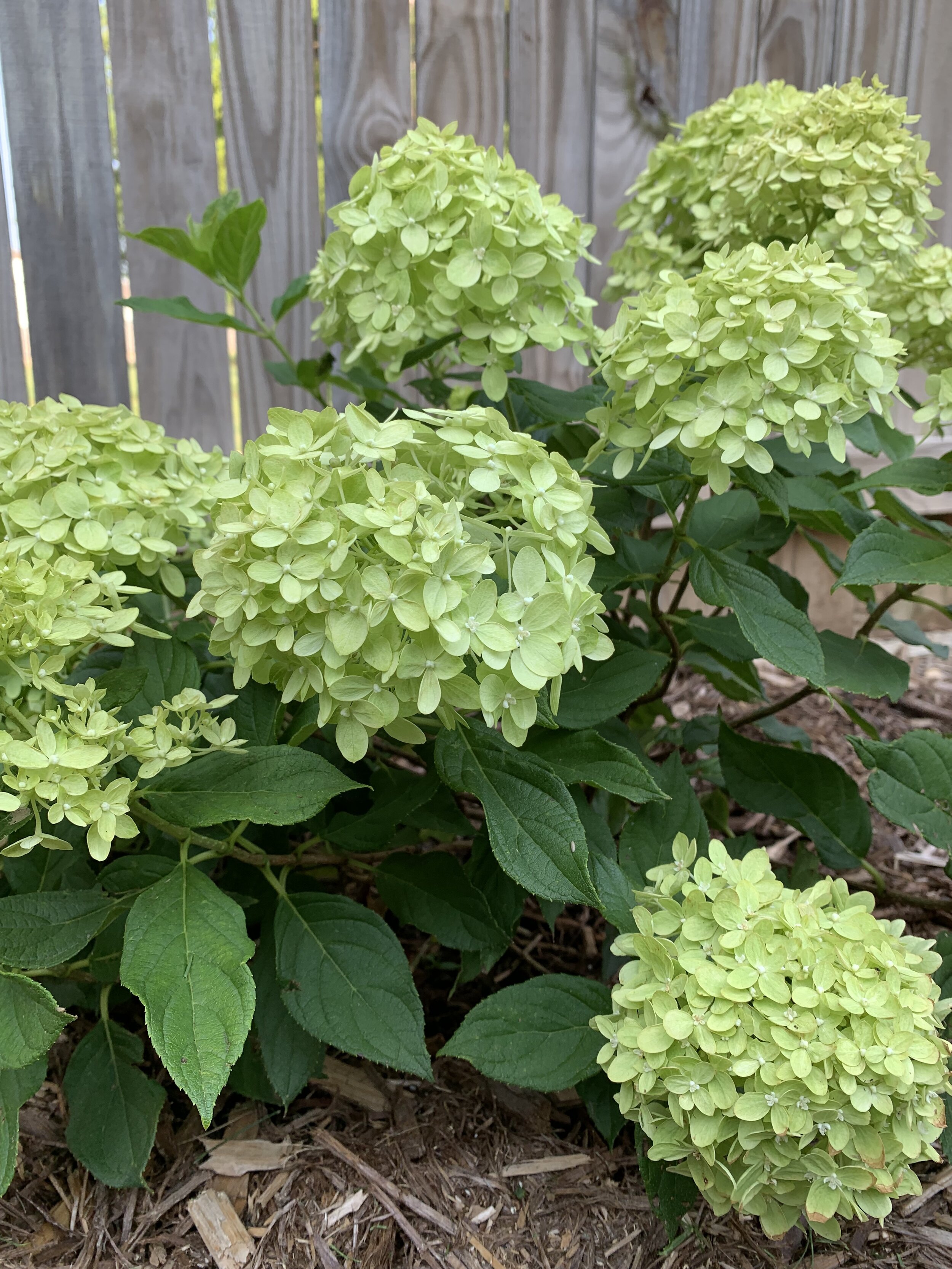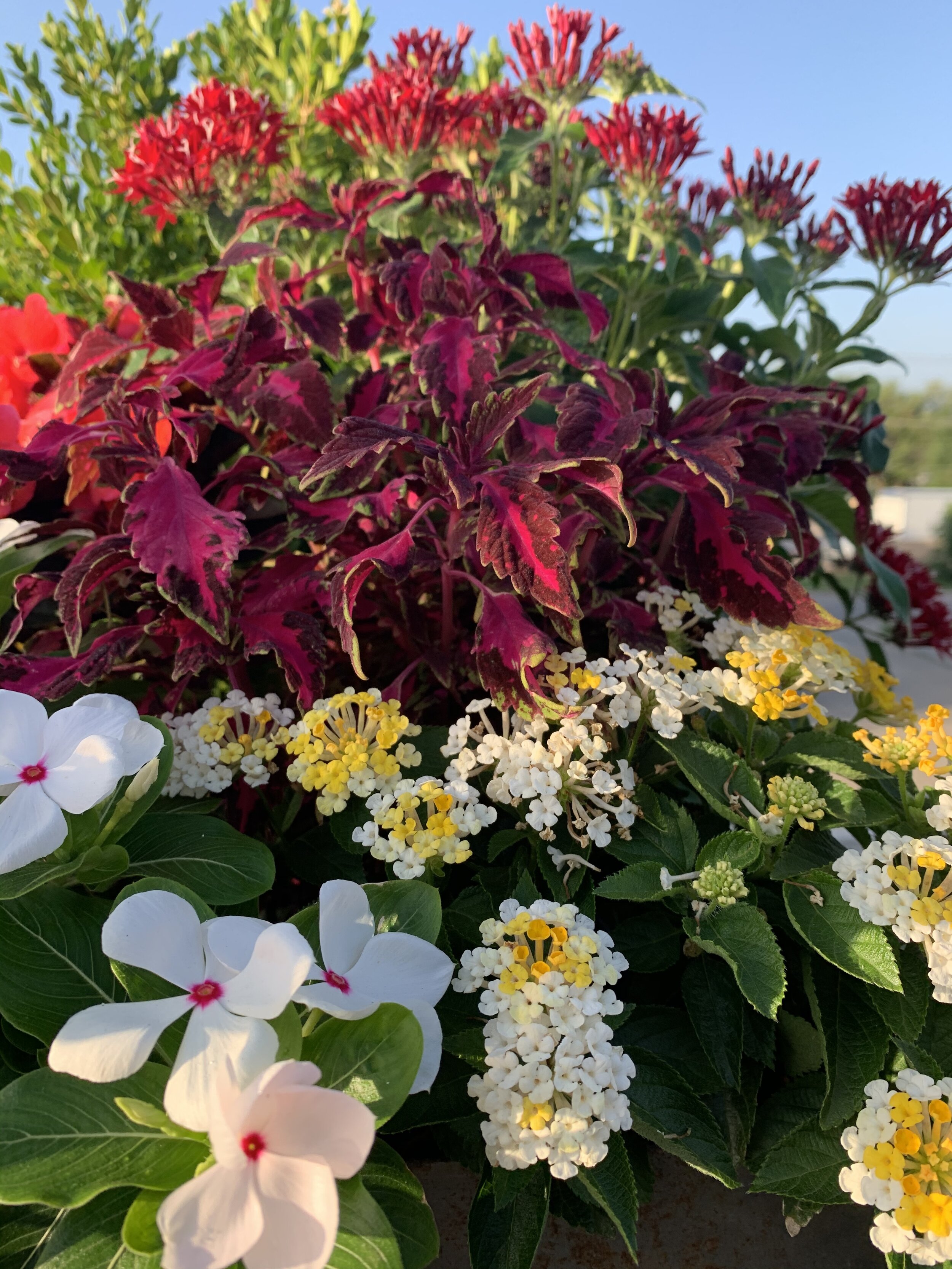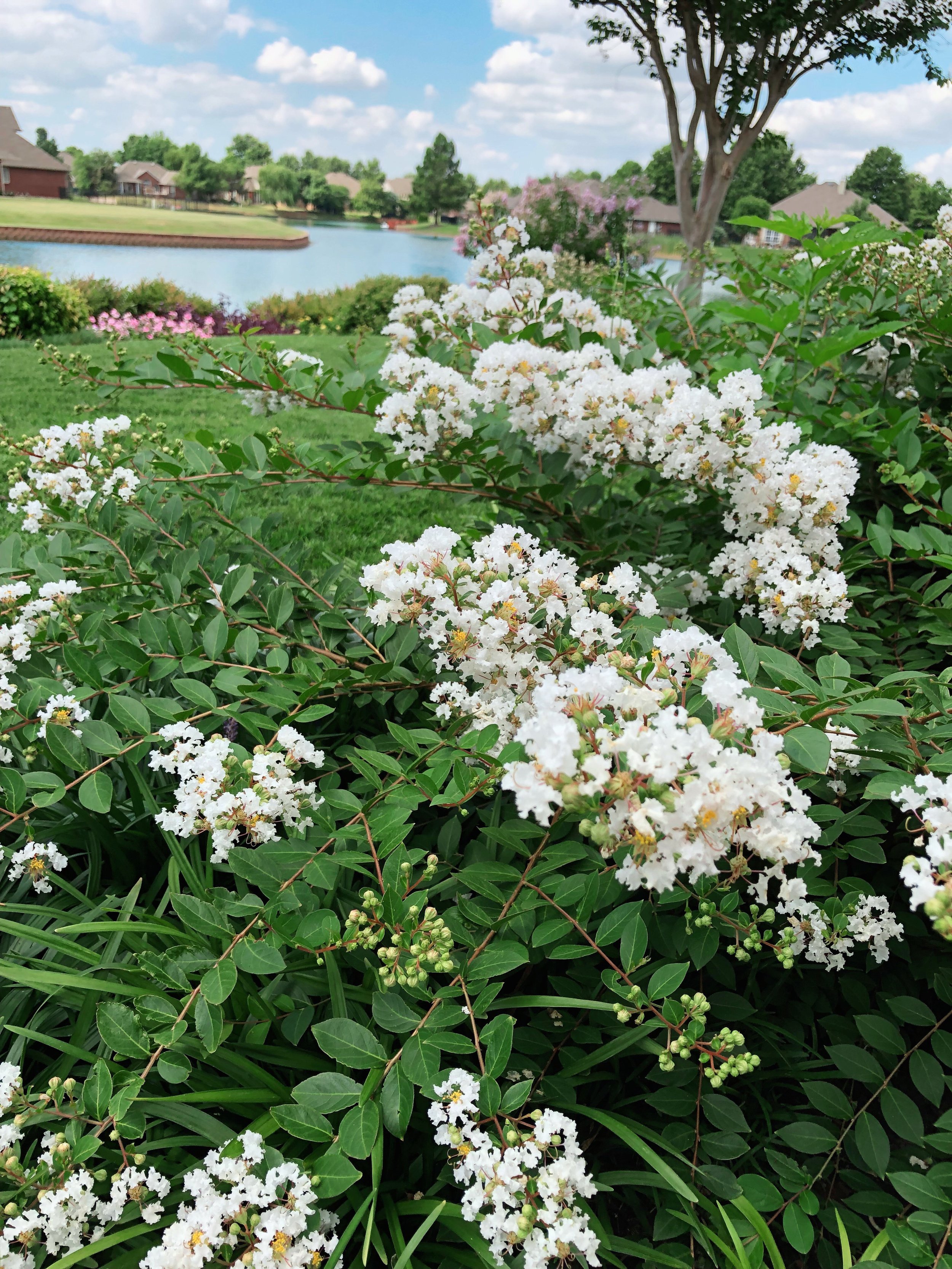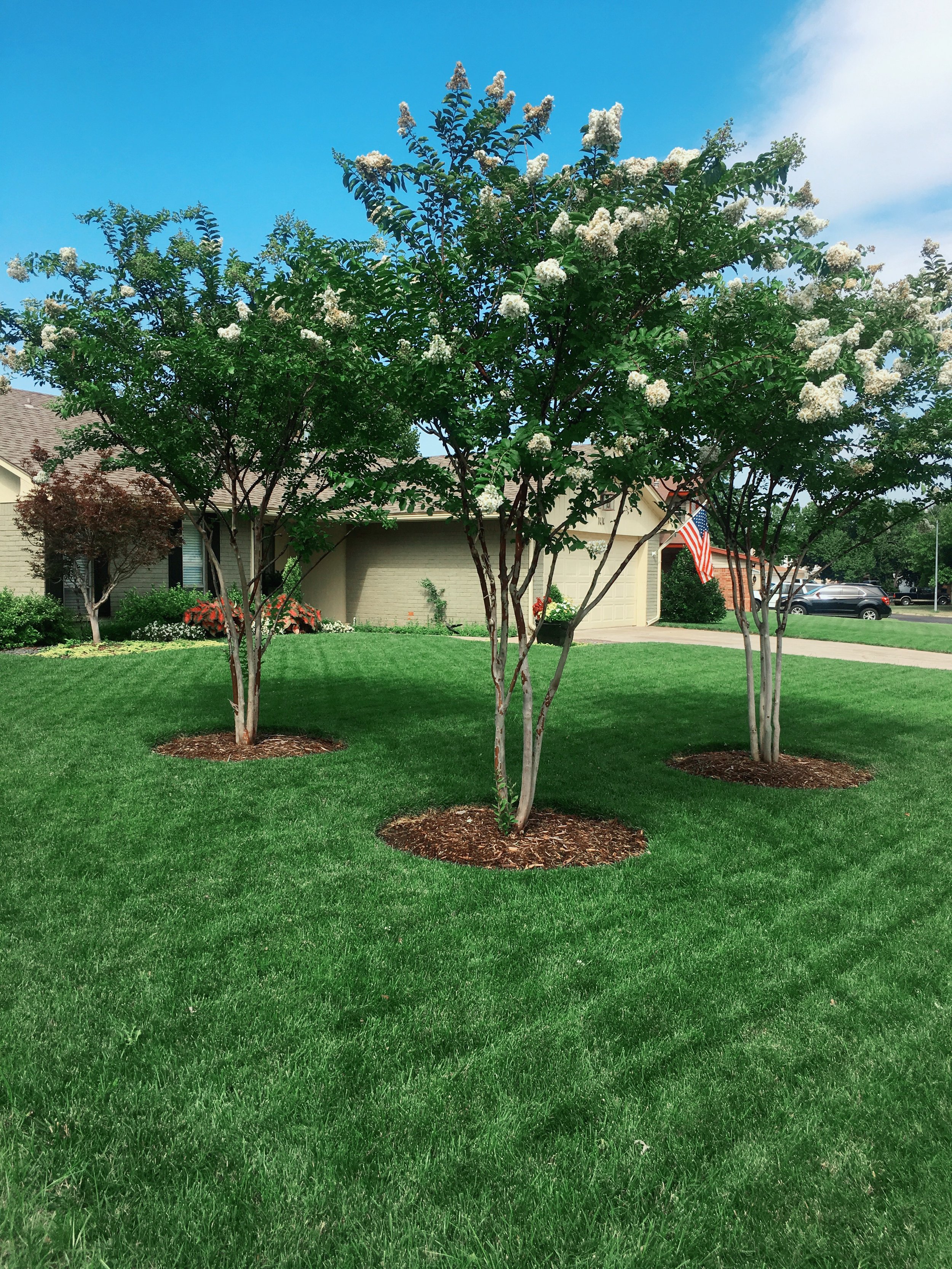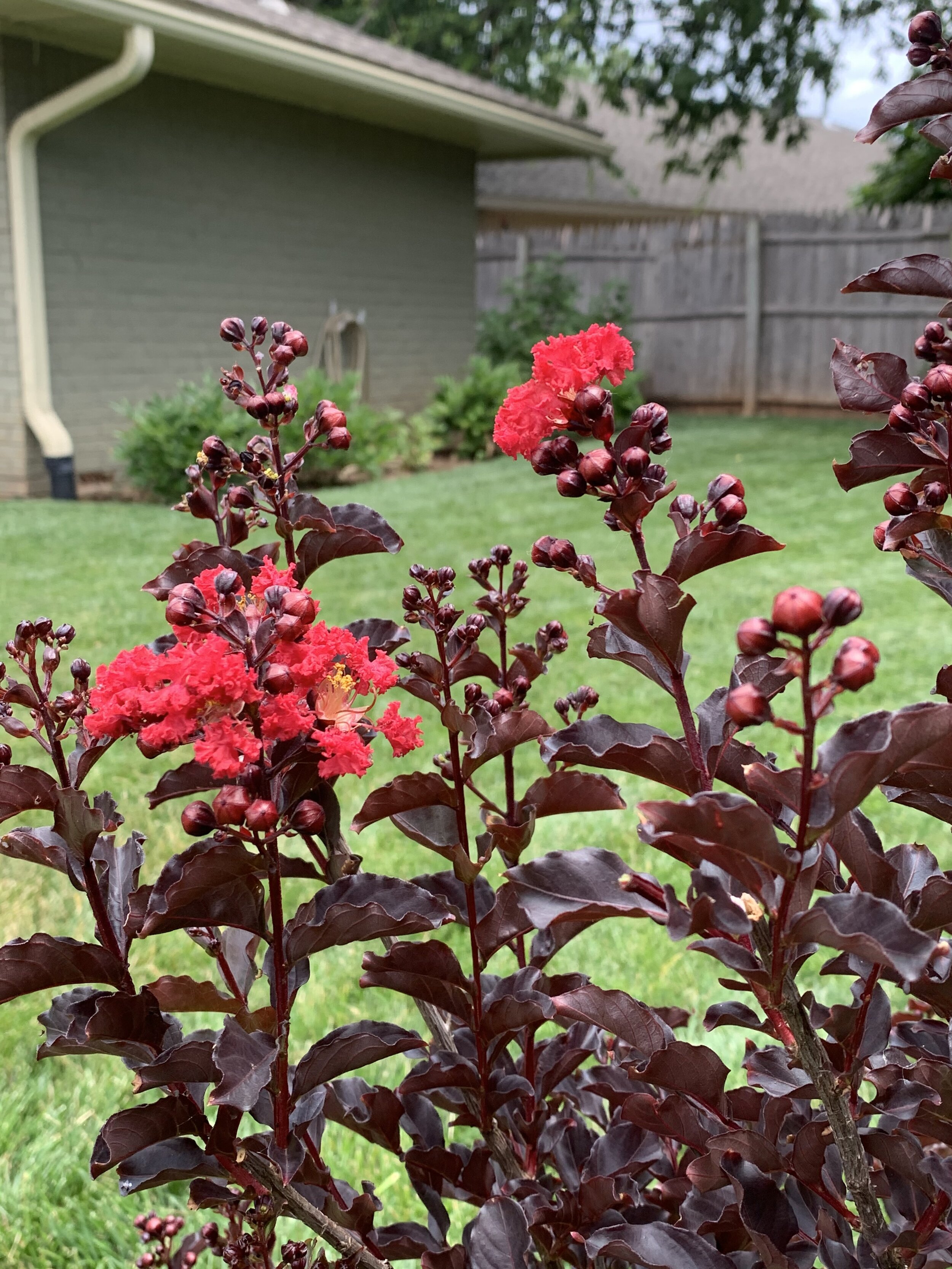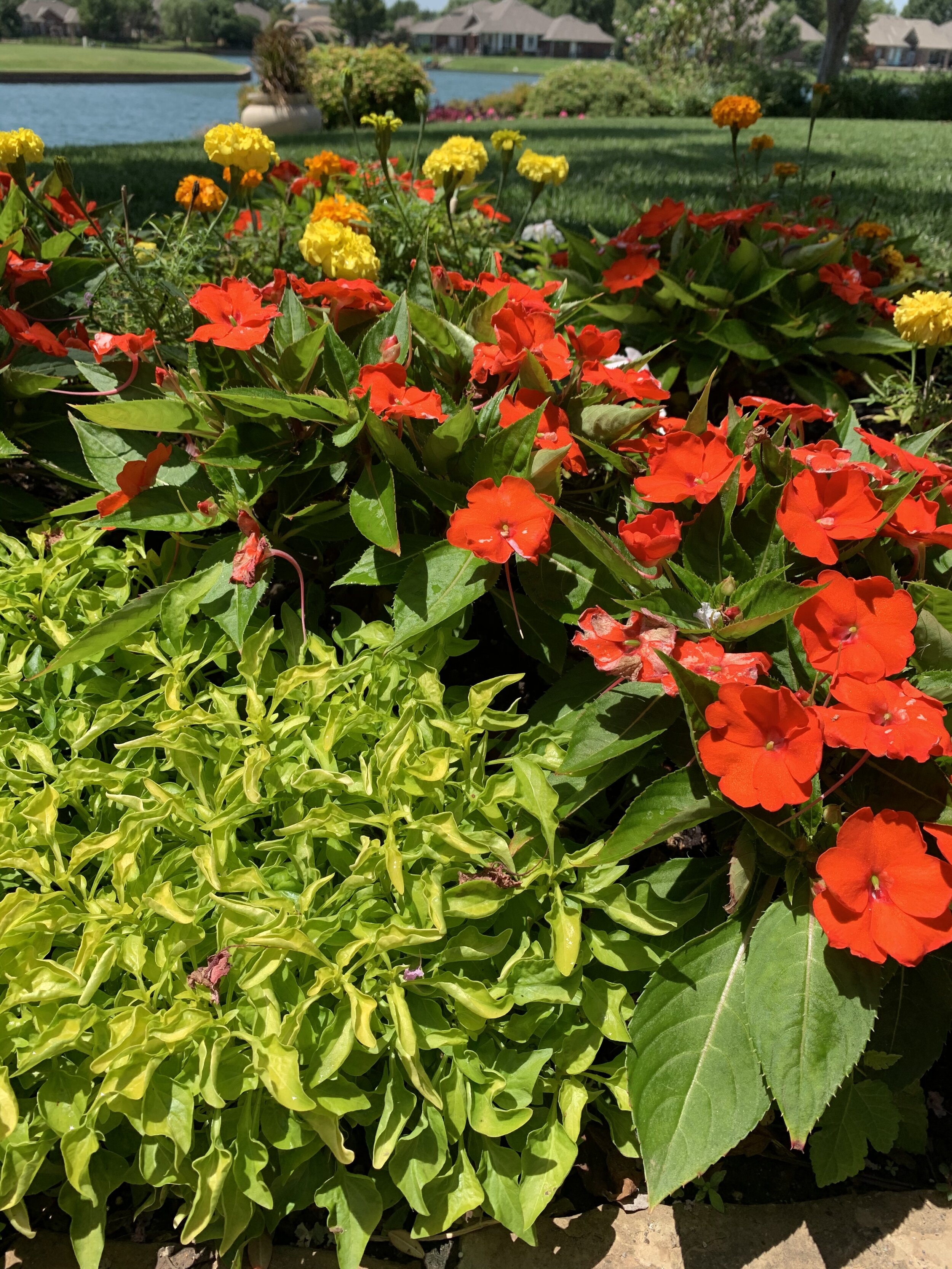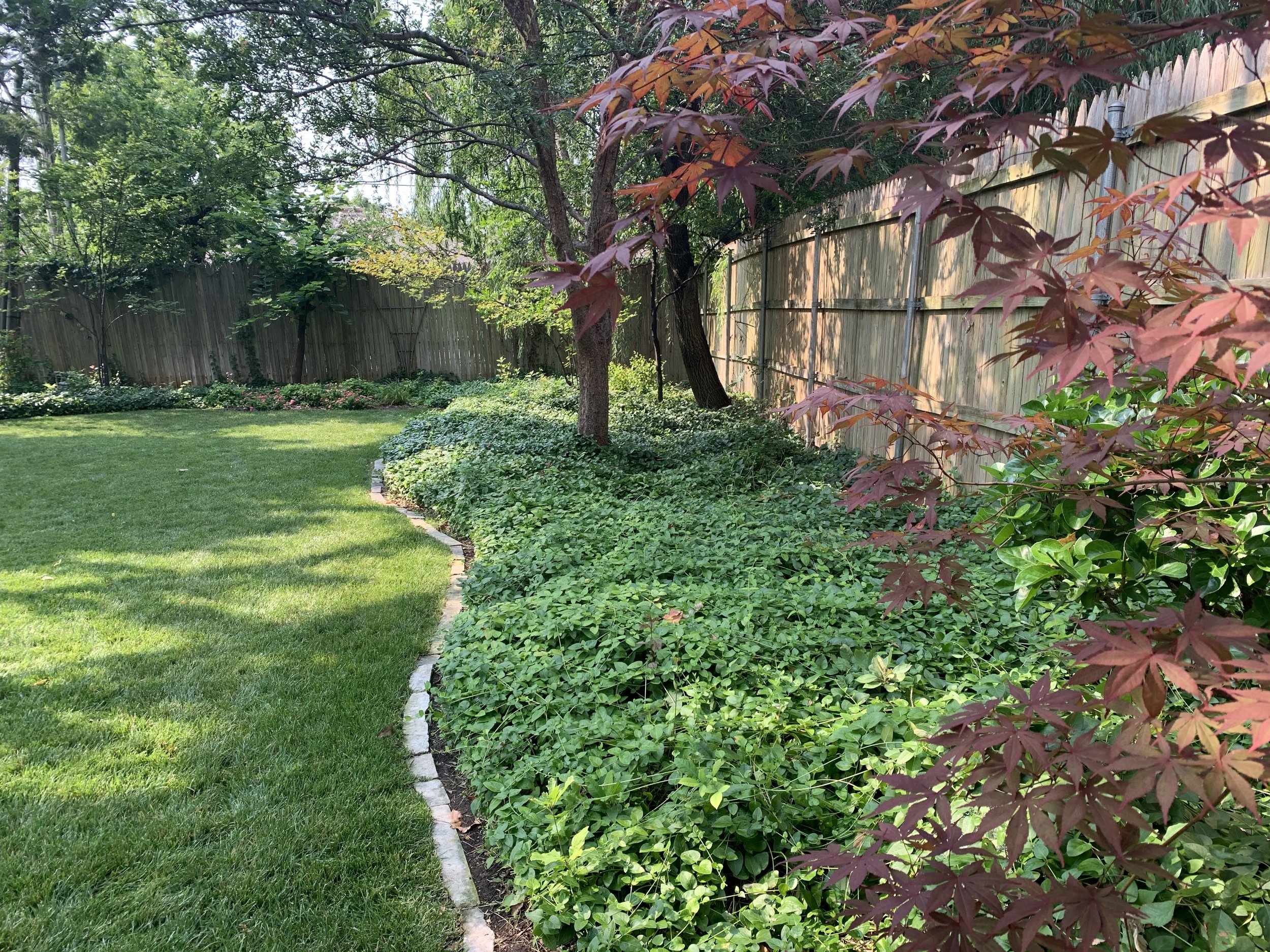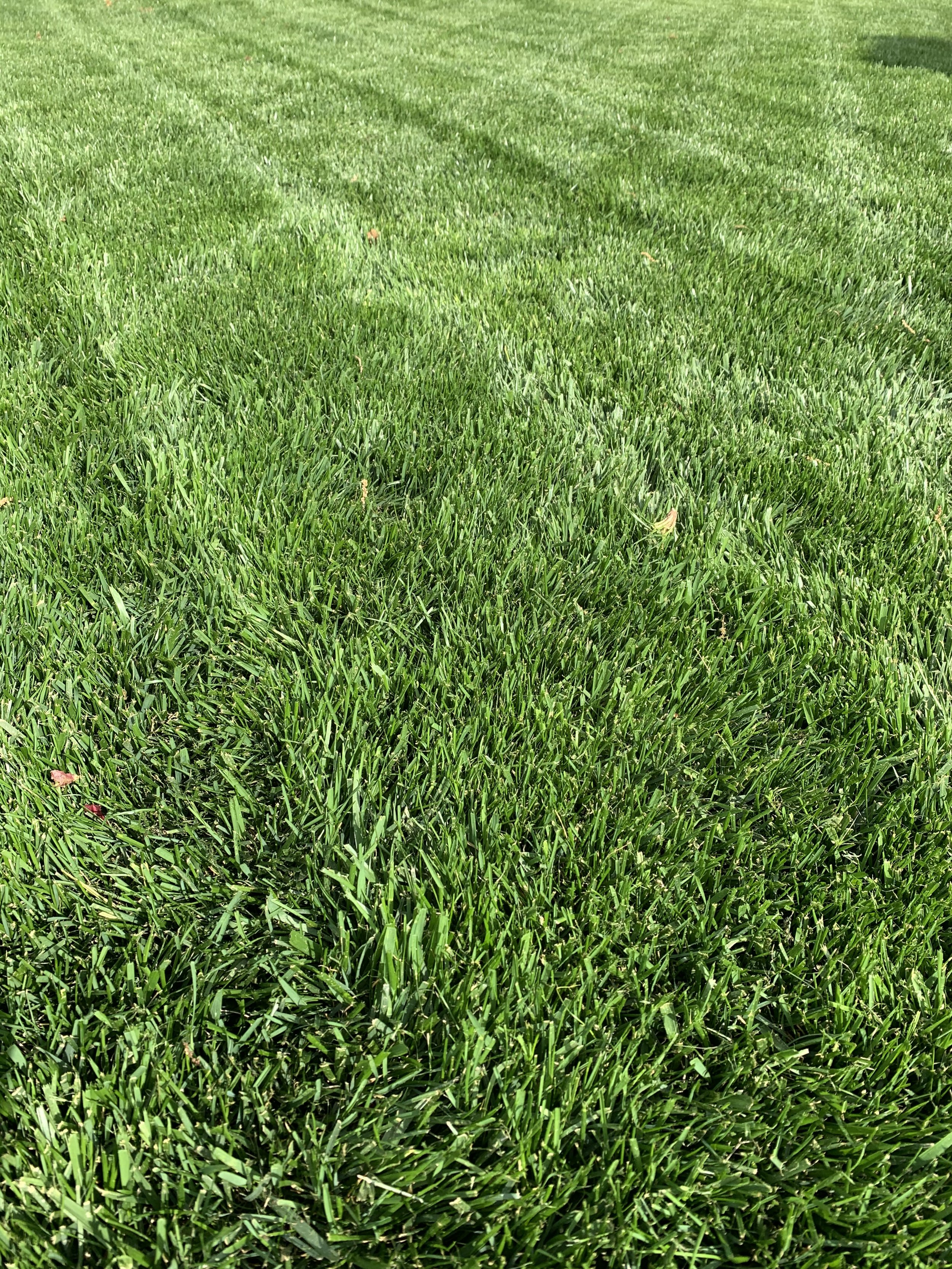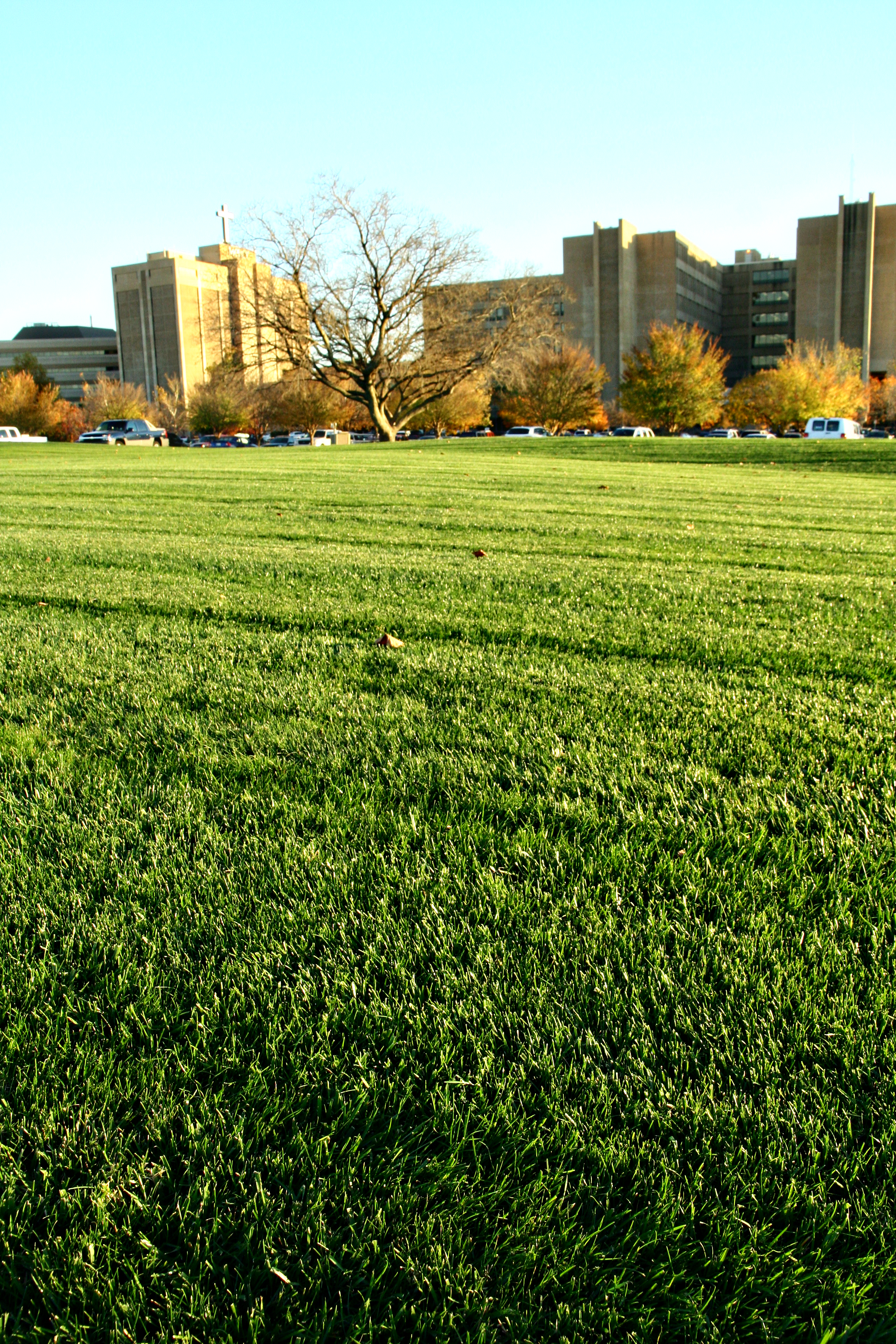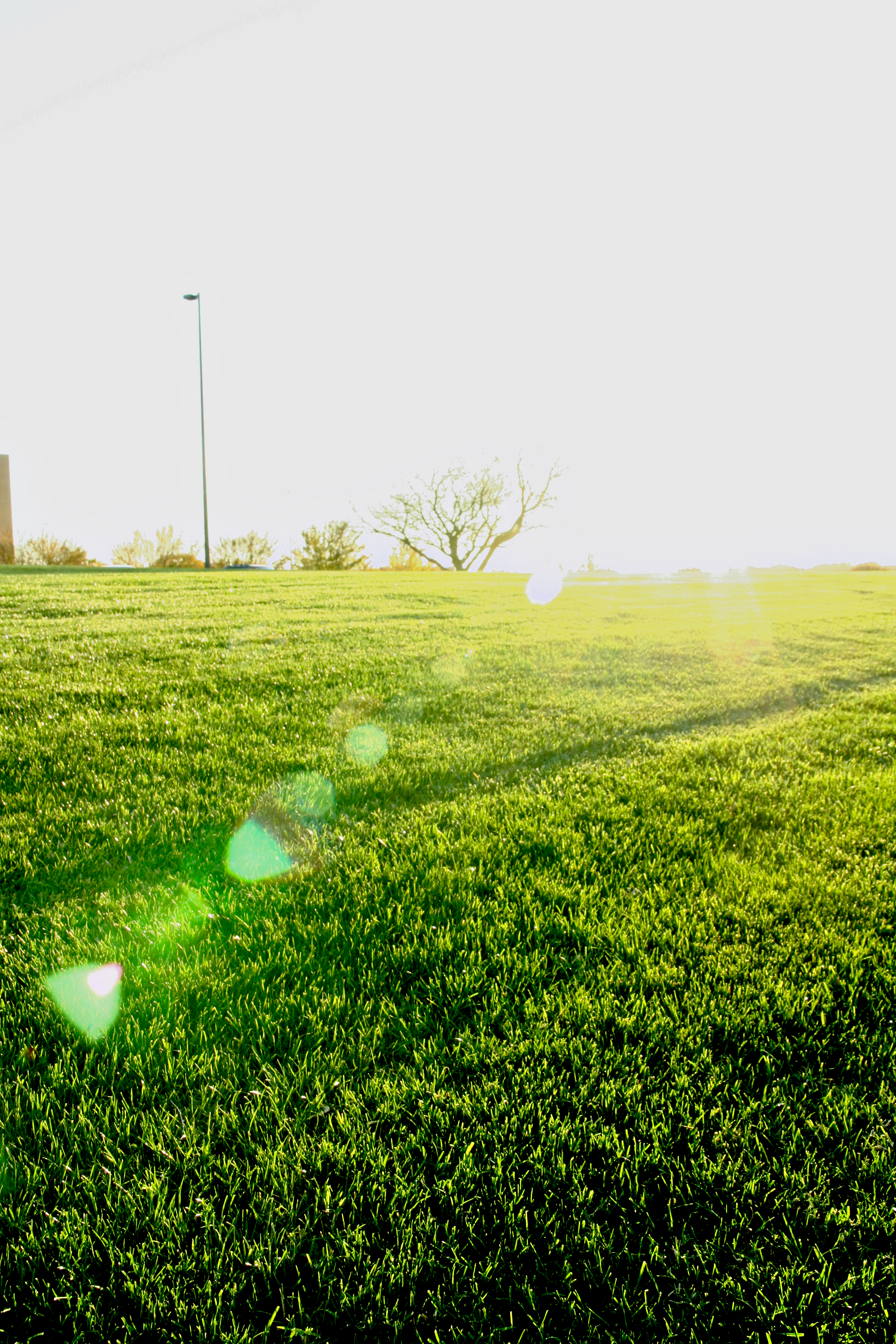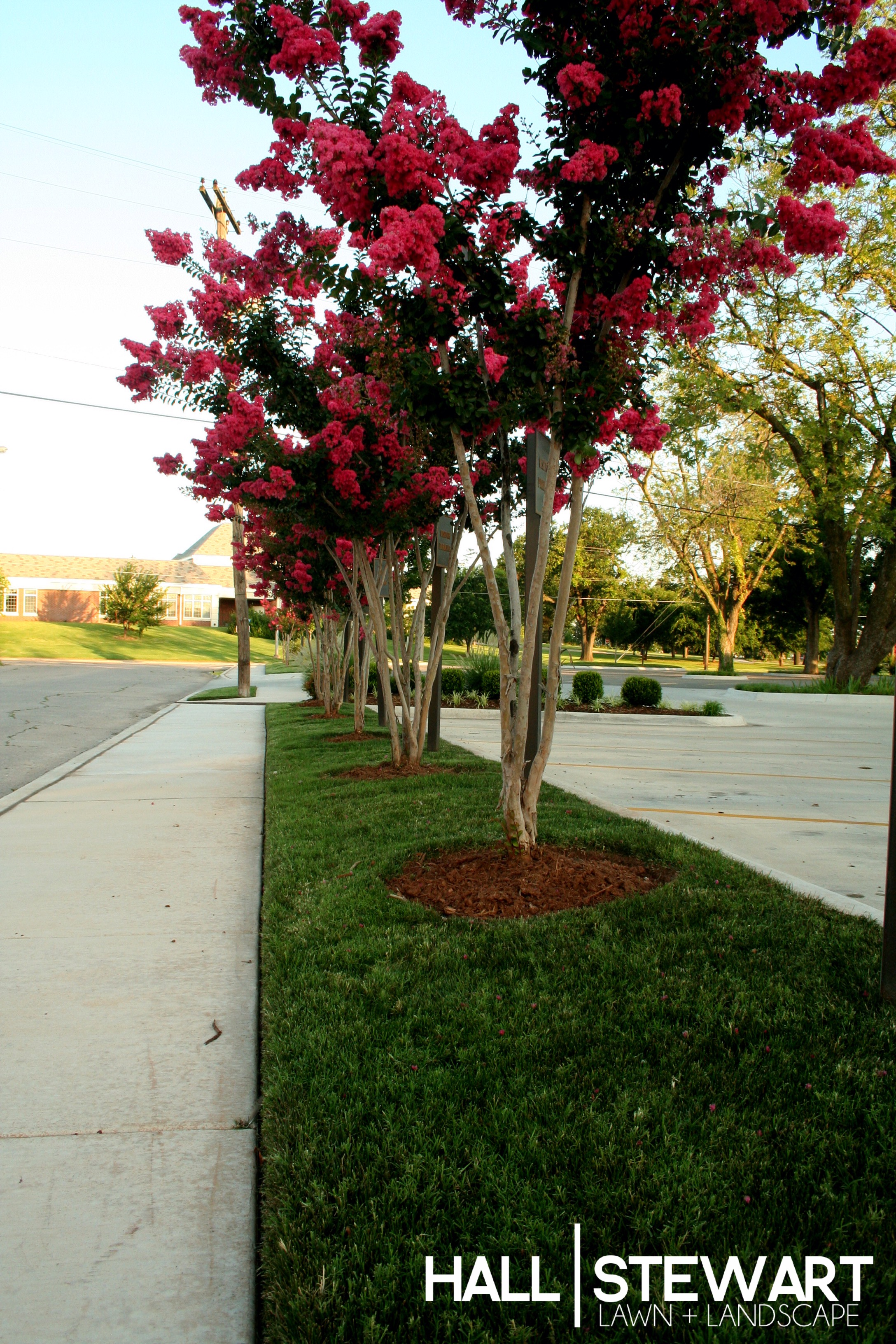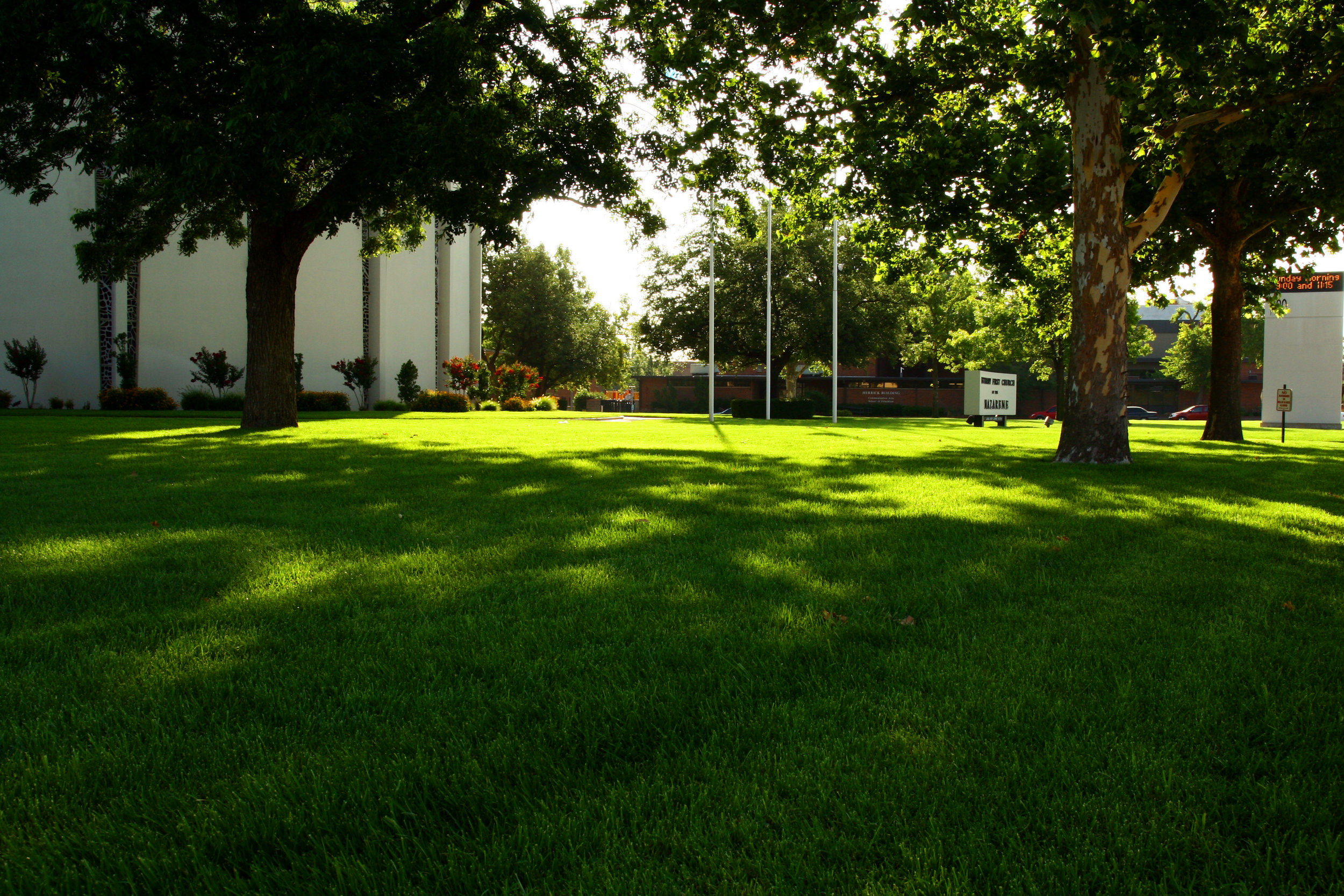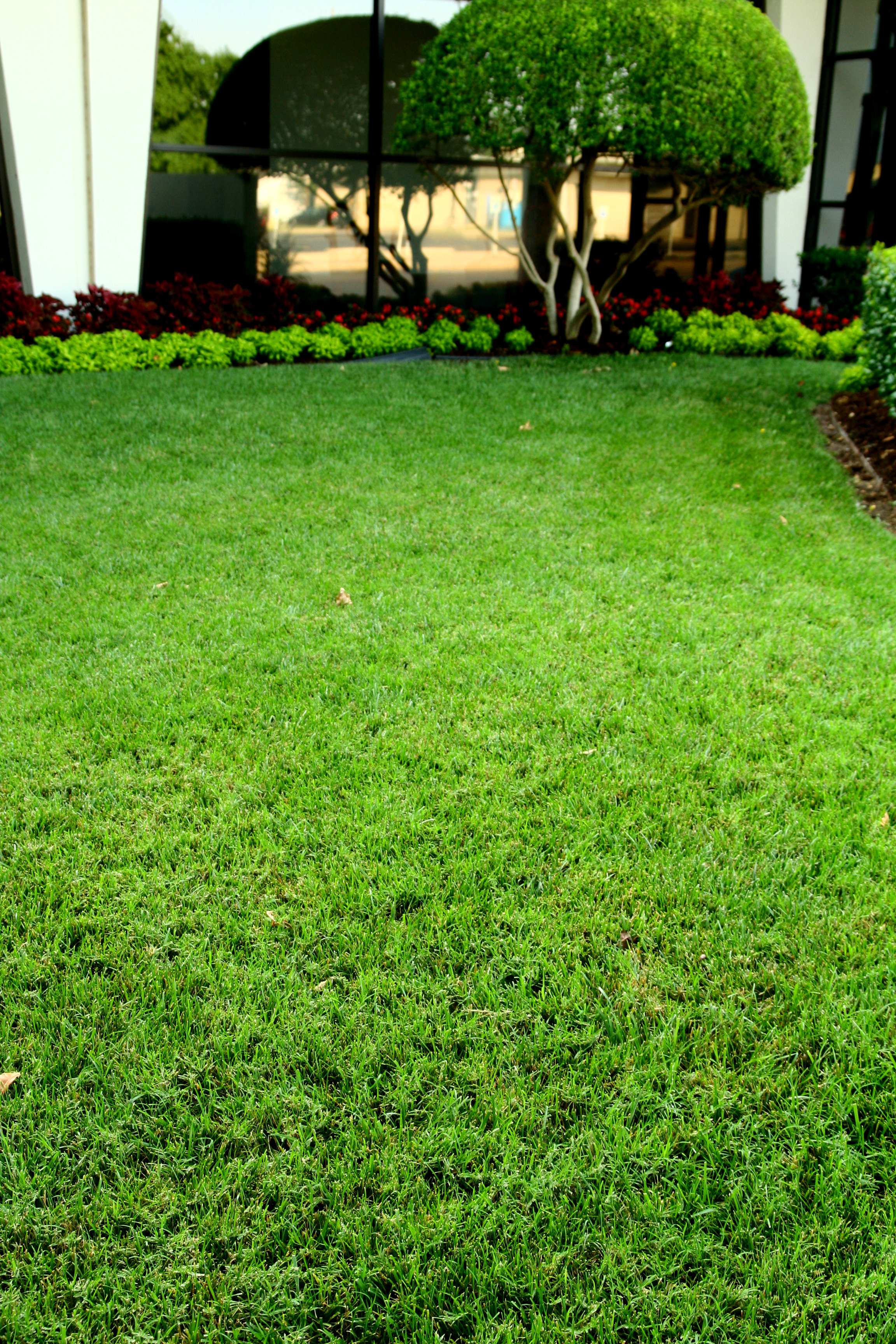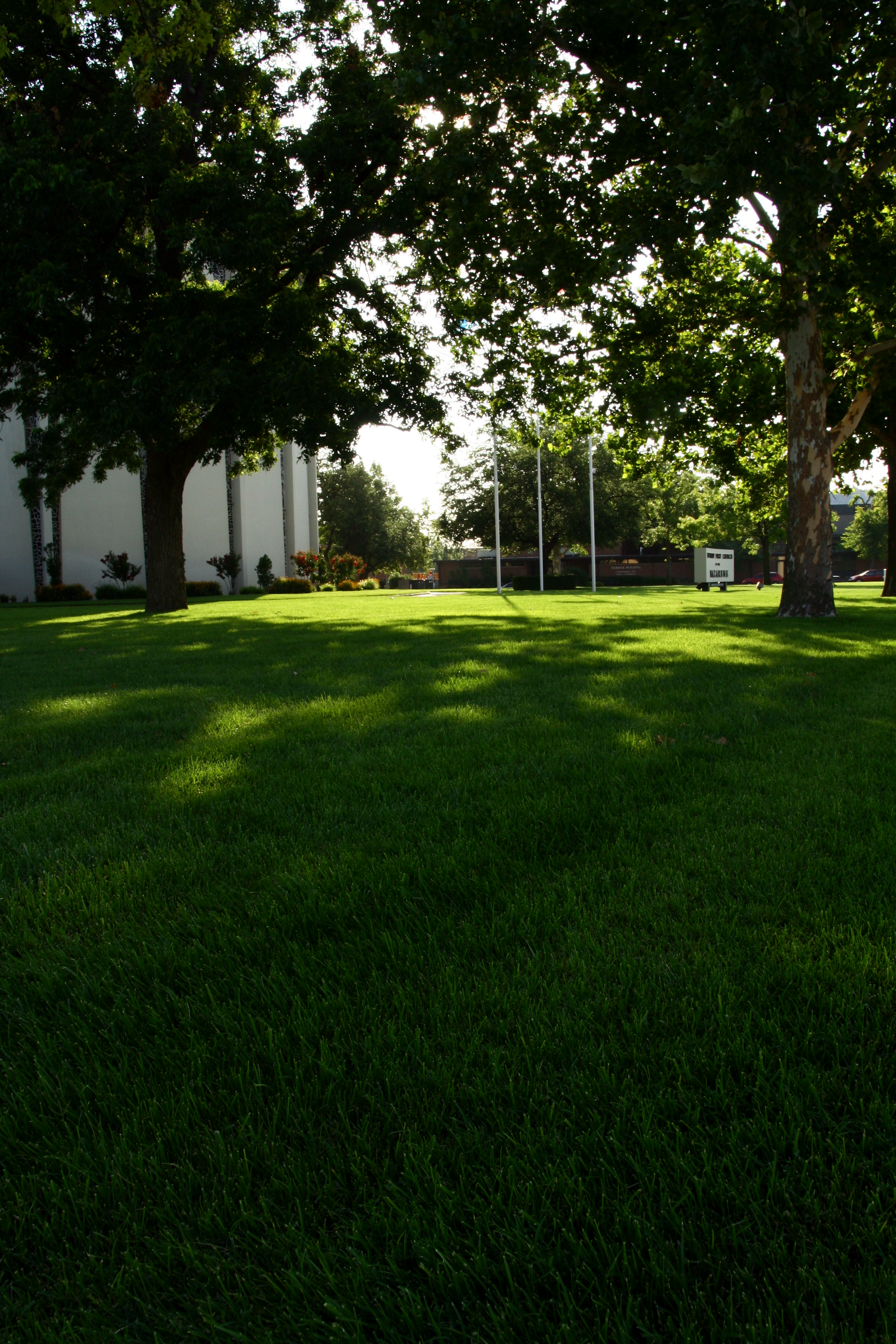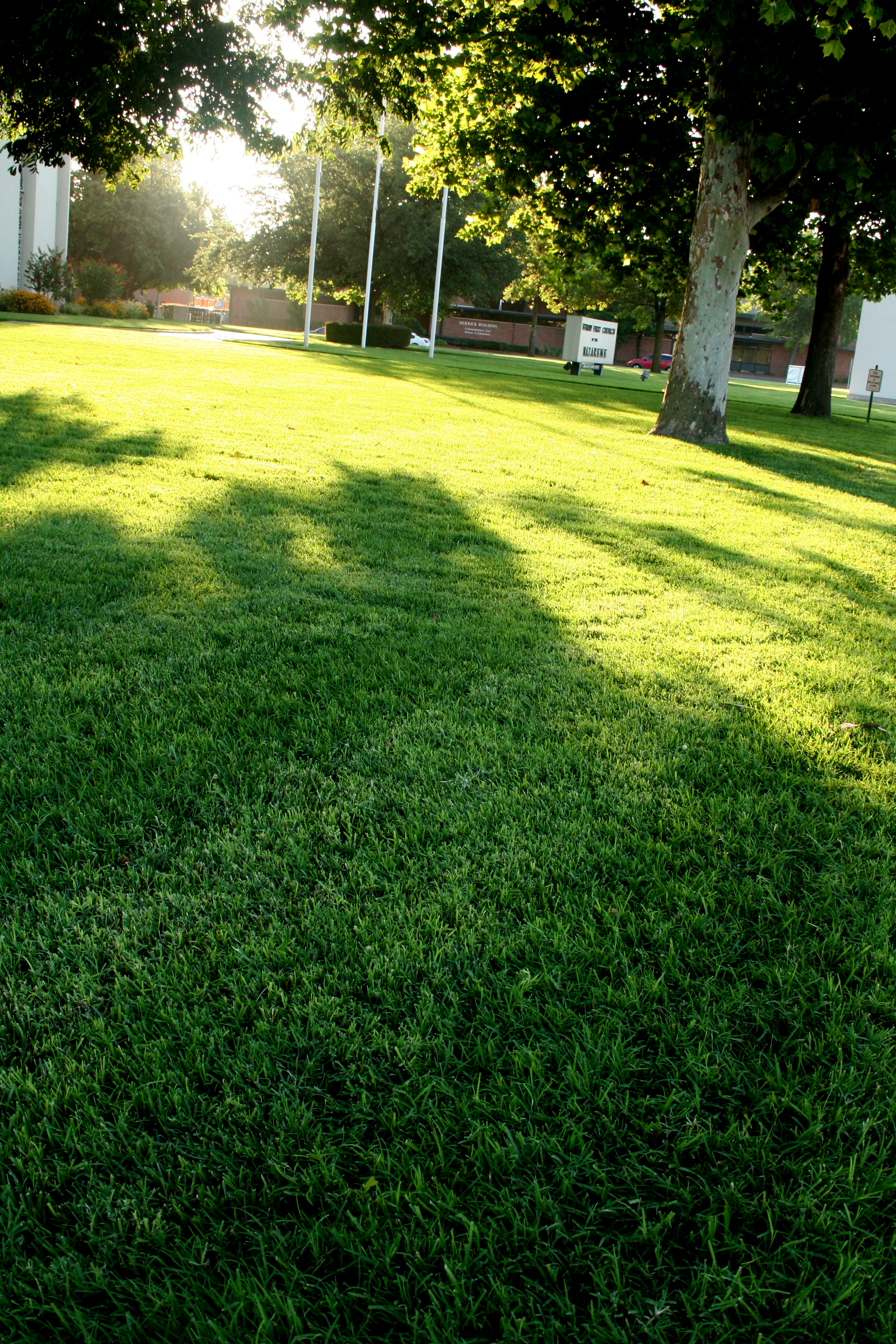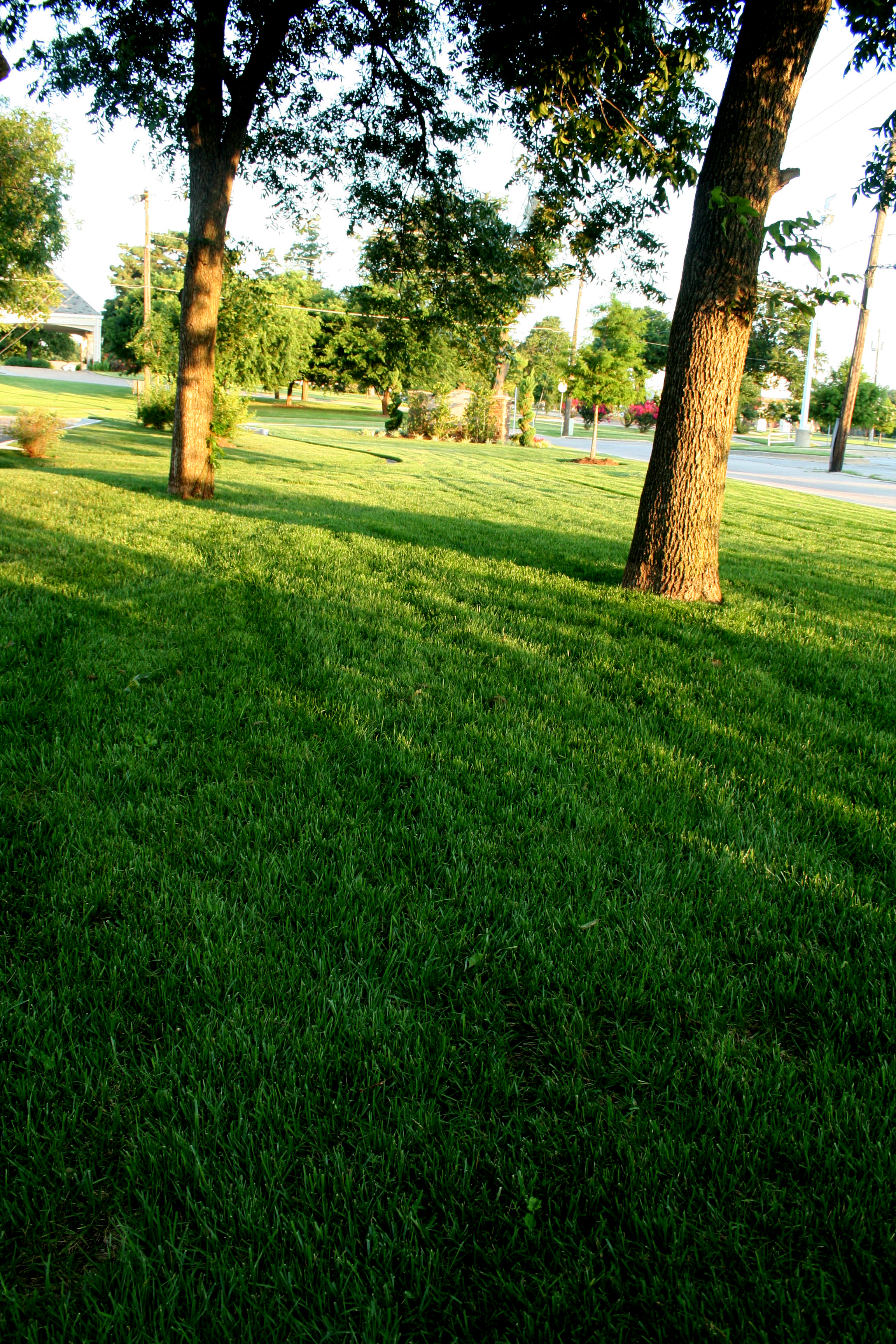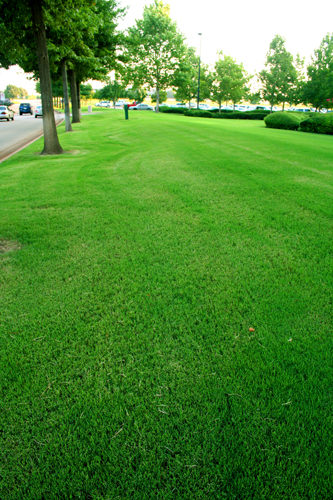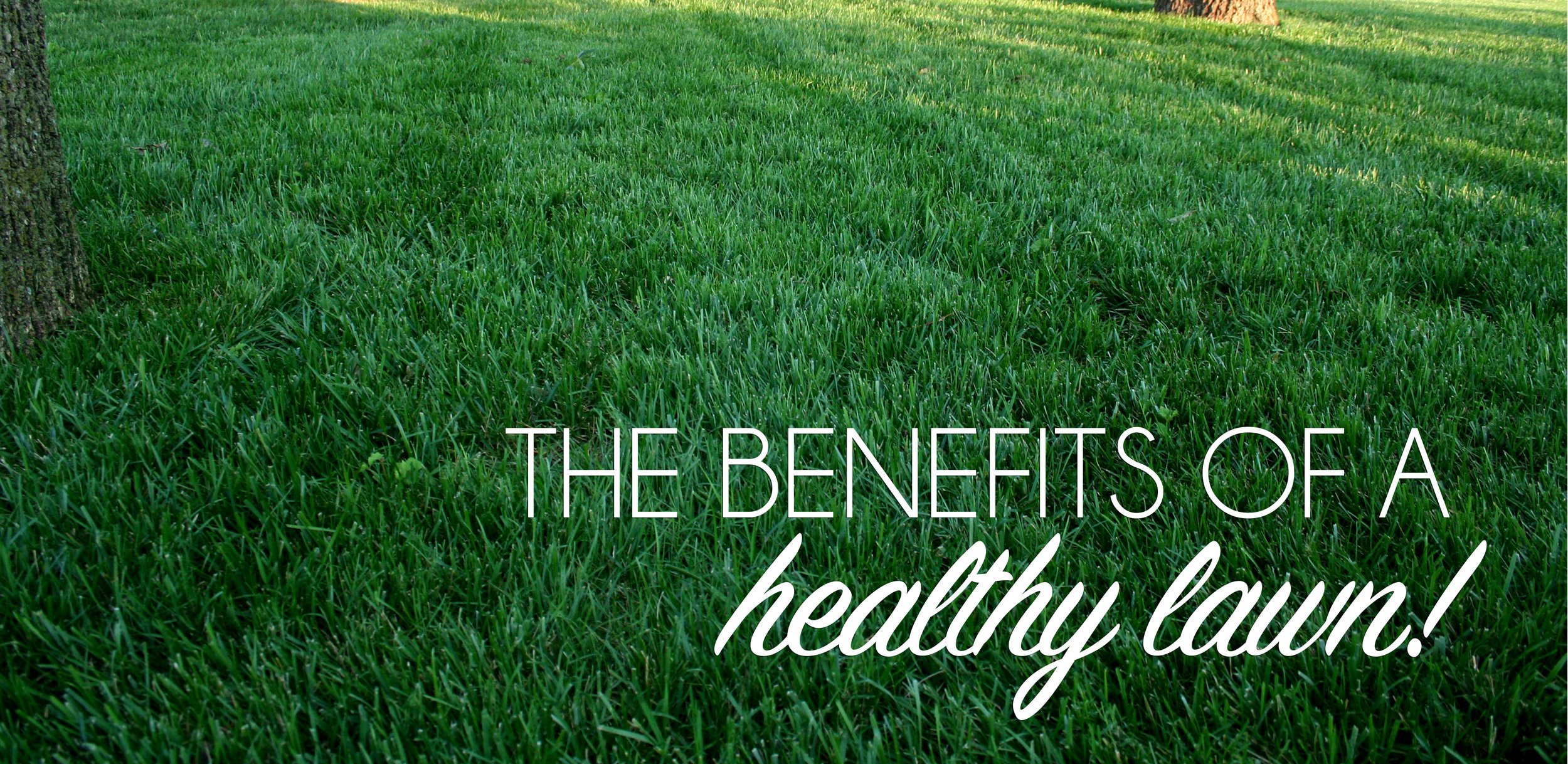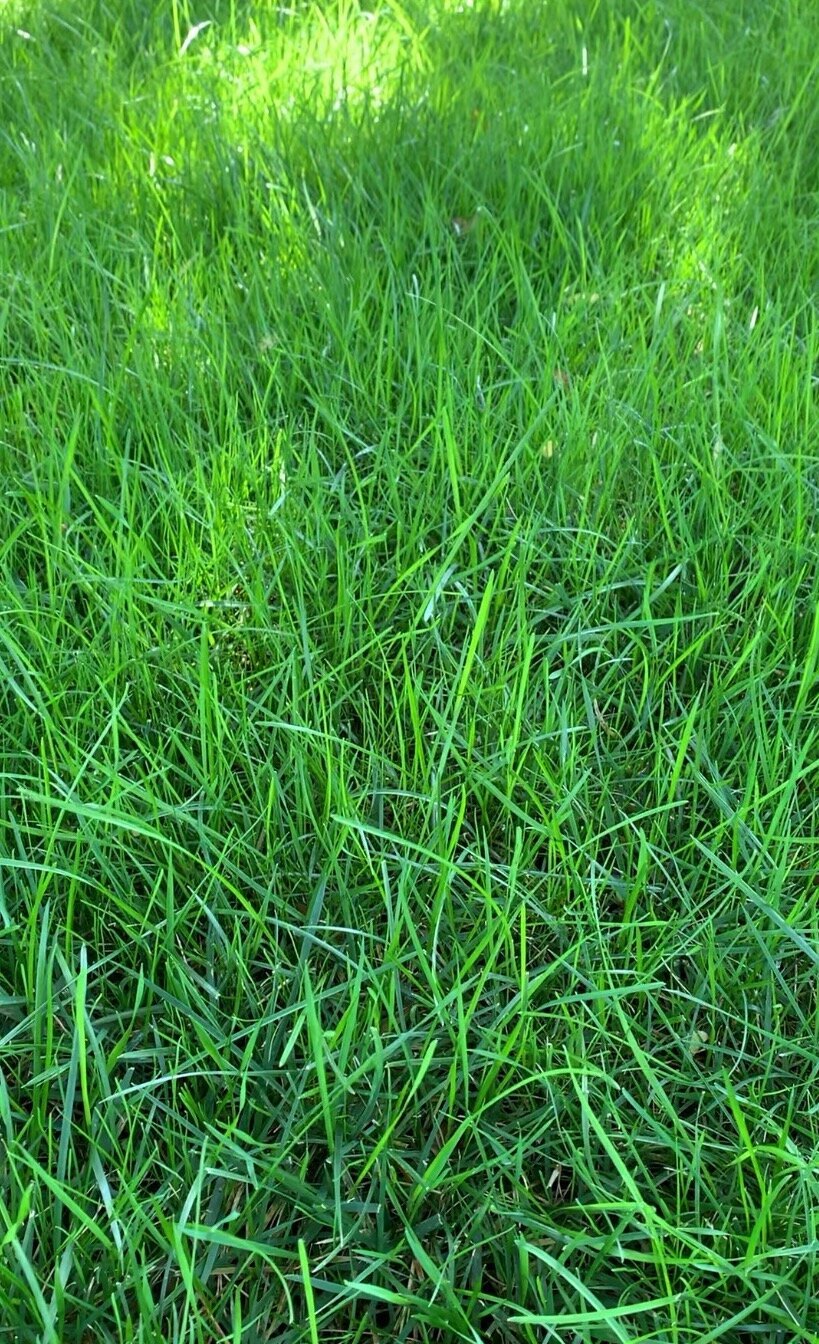
March Lawn & Landscape Tips
March, the month our world awakens from its winter slumber!
March, the month our world bursts with color!
March, the month you just want to be outdoors in your lawn, in your landscape, and on your patio!
After a cold third week of February, the spring like weather this week has added a smile to faces and put a spring in our steps.
So, get outside. Enjoy every minute of every spring day. Spend some time in your lawn and landscape.
Here are a few lawn and landscape tasks you should tackle this month:
No two springs are a like. This picture is from February 24, 2024. And tulips were already adding color to the landscape. This year, after a very cold mid-February tulips are just starting to emerge from the soil.
Forsythia pictures from last spring!
If you haven't already, cut your fescue lawn to remove the freeze damaged leaf tips and soon the lawn will return to full color and start growing.
Spring Lawn Maintenance – Get the mower out and get it started. It is much easier to remove the winter damaged leaf blades before the turf begins to green-up. Remember, scalping on the lowest setting isn’t required and isn’t recommended. Simply mow the lawn at the height you plan to start the mowing season.
For most Bermuda lawns, the second setting is recommended. For fescue, start on the second or third notch on your mower.
We are often asked about dethatching at this time of year.
What is dethatching? Dethatching is the removal of excessive thatch that builds up on the soil surface by using a vertical power rake.
But, unless you have a thick layer of ½-1” or more of thatch, dethatching causes more damage to the crown of the plants than it does good. So, with only a few exceptions, the best method for reducing thatch is an initial spring lawn maintenance followed by aeration after spring green-up. Unnecessary dethatching and scalping the lawn too low removes the canopy opening the lawn up to disease and weeds.
Need more info on the first mowing of the season? Check out last week’s post!
Lawn Maintenance – As soil temperatures climb and occasional spring rains return, as soon as you remove the winter damaged leaf tips from your fescue lawns, they will regain color and start growing. Start your cool season lawn off right by maintaining it at 2 ½ - 3”. When it starts growing, mow frequently enough that you are never removing more than 1/3 of the leaf blade per cutting. So, if you plan to maintain a 3” level, don’t allow the lawn to grow past 4.5” without giving it a trim.
If you have warm season turf, bermuda or zoysia, after you cut the lawn for the first time to remove the brown winter damaged leaf blades, most likely you can put off regularly scheduled lawn mowing until April.
Saucer Magnolia is a small deciduous tree with saucer-shaped white, pink or purple blooms in early spring. It makes a great specimen tree from the spectacular spring blooms to its spreading, multi-trucked shape.
Tulips from last spring.
Saucer Magnolia is a spring favorite.
Headed to Dallas in the next few weeks? Add the Dallas Arboretum to your places to visit during their spring Dallas Blooms event, now through April 8th.
One of the first shrubs to announce spring is forsythia. Interesting tidbit: when forsythia starts blooming it is an indicator that crabgrass has started germinating.
Lawn Weed Control – Summer annual weeds begin germinating when soil temperatures consistently reach 55 degrees. With the above normal temperatures over the past week, soil temperatures have quickly climbed into the upper 40s to low 50s. Unless we have another cold spell, we are on course to see soil temperatures consistently reach 55 degrees by mid-March.
If you have not applied the first spring pre-emergent yet, please do so as quickly as possible. Whether you apply a pre-emergent yourself, or we do it for you, always follow instructions. Watering is a required step to move the herbicide into the top ½” of soil.
Want to know what crabgrass will do to your lawn this summer if you don’t apply a pre-emergent?
This is the month landscapes are filled with the bright pinkish-red colors of Redbuds, the Oklahoma State tree
Bed Weed Control – March is an excellent month to apply a plant safe pre-emergent to your landscape plantings. Use caution in selecting the product to make sure it is safe for your plants. When possible, select a granular pre-emergent mixed with a fertilizer containing approximately 20% nitrogen. Doing so will give your plants a good spring feeding while preventing weeds at the same time.
Lawn Fertilization – This month is a good time to start fertilizing your cool season lawns. Use a fertilizer with 25-30% nitrogen. Cool season lawns need to be fed more in the spring and fall when they are actively growing, and less in the summer.
If you have a warm season lawn, wait until lawns begin greening up to apply the first fertilizer application.
Tree & Shrub Care - If you struggled with aphids, mites or scale in the past year you still have time to apply a dormant oil application for another couple of weeks. Dormant oils work by suffocating, smothering overwintering insects. Oil blocks the air holes causing the insect to suffocate. Dormant oils are an eco-friendlier approach to insect control by reducing the need for harsher control methods later.
Spring is also a good time to fertilize trees and shrubs with slow-release nitrogen, high quality phosphorus and potassium as well as micronutrients to provide consistent, extended feeding. This formulation is ideal for improving tree and ornamental development and vigor without unwanted shoot growth. March is also a good time to apply systemic insecticide to control sucking and chewing insects.
Hyacinth is one of the first spring blooming bulbs to add splashes of color to the landscape.
Not all the colors of spring are blooms. Be on the watch for the bright colors of new leaves such as the yellow, oranges and reds of Goldmound Spirea.
Mulch – Spring is a great time to mulch your landscape plantings. Maintaining a 2” layer of organic mulch will reduce weed population, retain soil moisture, and provide a more consistent soil temperature for plant roots. I find adding mulch an easier task in the spring when I am cleaning my landscape plantings for the first time.
Irrigation – It is always important to monitor rainfall and water based on need. January and February, typically our driest months, have once again lived up to expectations this year. It has been over 50 days since we last received a ¼” of rainfall. Until there is a good rainfall, give your lawn and landscape a good soaking every 4 to 7 days. As temperatures warm up, gradually increase the frequency of watering but delay watering every other day until late spring to early summer. Always delay watering for a few days when we receive a ¼” rainfall or more. You will save both water and money if you always water on an as needed basis.
Flowering Quince with bright orange to red flowers is one of the first shrubs to declare spring.
Spring Seasonal Color – Pansies are the toughest winter annual color, but it is common for them to look a little freeze burned after the winter. As long as the crown of the plant is not damaged, they will return to life and bloom this spring. The great thing about pansies is they add color to the landscape until it is warm enough to plant summer annuals.
Wait until April to plant impatient, begonia, geranium, etc. And remember, most summer annuals need the warmer soil temperatures of late April or May before they are planted. If you get in a hurry, you will end up planting your summer annual color twice. When planting, remember most plants prefer well drained, organic soil and would prefer you add compost when planting.
Seeding Fescue – March is the second-best time to overseed fescue. But, it comes in a very distant second to seeding in the fall. Spring seeded fescue will come up very well and look very good till the summer heat arrives - then it fades quickly. Fescue, being a cool season grass, will not establish a sustainable root system when planted in the spring. Give your fescue lawn a chance to green up first to get a better feel on the overall condition of the lawn. If you still feel you have bare areas that need to be addressed now, seed this month but still plan on seeding again in the fall. In most cases waiting till fall to seed is best. Fall seeding allows you to focus on weed prevention and turf development in the spring and turf establishment in the fall when it is best.
Bridal Wreath Spirea will add graceful white blooms toward the end of March.
Creeping Phlox is one of the first perennials to announce spring has arrived.
Pruning – March is the time to do heavy pruning on your roses. March is also the best time to make a major reduction in the size of hollies, boxwoods and most broadleaf evergreens. Before spring growth arrives, you can successfully remove all the foliage back to the central leader if needed.
Need more information on spring pruning?
If you need help with any of your lawn and landscape tasks, or just have a few questions, please don’t hesitate to give us a call or send us an email.
Lorne Hall
Hall | Stewart Lawn + Landscape
(405)367-3873
August Lawn & Landscape Tips
We have arrived at the hottest, driest point of the season. The last 10 days of July and the first 10 days of August are when Oklahoma City’s average daily temperature reaches its peak.
The key to surviving the hottest period of the season is best practices.
Best practices, not just during times of high stress, but rather it is best practices all the time that make the difference.
To finish the summer strong, here are a few best practices to focus on:
This week I started mowing my fescue lawn one setting higher. More leaf space results in better heat and drought tolerance.
Mowing – Both warm season turf (Bermuda and Zoysia) and cool season turf (Fescue) should be mowed at the highest level this month, warm season 2-2.5” and cool season up to 3-3.5”. At the higher level the lawn will have more leaf space resulting in better heat and drought tolerance. Continue to mow often enough that you are removing only 1/3 of the grass each time you cut. If you are cutting frequently enough to pass the 1/3 test, don’t catch the clippings. Allowing the clippings to decompose on the lawn will return moisture and nitrogen to the soil. Give no bagging a try. You will be surprised at how much more color your lawn will retain even in the heat. When you bag your clippings, you are tossing out nitrogen and moisture your lawn could really use this month.
Best Mowing Practice for August – Mow high, mow often, and don’t bag your clippings.
Bermuda lawns perform their best in the heat. Mow often and don’t bag the clippings. Grass clippings are mostly nitrogen and moisture. Your lawn will thank you for giving them back.
After mulch mowing, use your blower to distribute any noticeable clippings.
Well maintained Bermuda lawns can’t be beat in August. This Bermuda lawn is the result of best practices this summer: well timed lawn care applications, aeration in June, deep infrequent watering, and mulch mowing.
Brown Patch develops in fescue lawns that have an area of low air circulation or heavy shade during the summer if the area stays wet for more than 5 hours at a time. Don't create Brown Patch with your watering practices. Allow your fescue time to dry between waterings.
Healthy lawns have deep root systems. Roots will grow to the moisture. If your watering pattern is short, shallow, frequent watering resulting in moisture only in the top 1-2”, you will have a shallow rooted lawn dependent upon daily water. Deep soaking results in a root system with grass roots 6” to 2’ deep that is not dependent upon frequent watering and is drought resistant.
Remember, trees planted in the last two years need supplemental watering during the summer heat and extended dry periods. A good rule of thumb is to give them 10 gallons of water every week.
Best Watering Practice for August – Know how long you need to water to get 1 ½” water on your lawn each week. Practice deep soaking, infrequent watering.
Watering – The abundant soil moisture from the wet July start has quickly disappeared over the past week. The best-looking lawns and landscapes are now receiving 1 ½” of water per week now.
To learn how long and how often you need to water for your landscape to receive 1 ½” of moisture, place your Hall | Stewart Rain Gauge or cans around your lawn. Water using your normal cycle and then check the cups. Adjust watering times and frequency accordingly to insure 1 ½” is applied each week. Remember your landscape prefers deep soaking, infrequent watering over shallow, frequent watering. Even in the heat, lawns and landscapes are at their best when they are watered deeply as needed and not every day.
Take time to check your irrigation and fine tune it. A leaning head often is the culprit for dry spots in the lawn.
If you are unsure about your watering practices, let us help.
We can schedule an Irrigation Audit/Check to make sure your system
is operating at its peak efficiency during the summer heat.
Fertilizer – Apply fertilizer to warm season turf this month. This time of the year, Bermuda and Zoysia benefit from a high nitrogen fertilizer that is low in phosphorus and potassium.
DO NOT fertilize cool season lawns until we reach the cooler temperatures of September.
Warm and cool season turfs require different fertilizer schedules. Don’t make the mistake of trying to treat them the same when it comes to fertilizing.
Best Fertilizer Practice for August – Fertilize bermudagrass, don’t fertilize fescue. Important - Follow watering instructions after fertilizer is applied.
August is the month to be less aggressive on weed control. Because a thick turf is the most important part of good weed control, you want to avoid weakening the turf going into the fall.
Weed Control – Spring pre-emergent herbicides are reaching the end of their effectiveness in your soils. Should an occasional weed show up in your turf this month, it is best to go easy on weed control. We have reached the time of the year that damaged turf may not have a chance to fully recover before fall. Great weed control is at least 75% the result of thick turf. August is the month to focus on turf development going into the fall.
Later this month is the best time to start applying the first fall pre-emergent herbicide application. The first fall weed to germinate is poa annua (annual bluegrass). Poa annua has become more and more of a problem to control in lawns worldwide as it has developed resistance to current herbicide chemistry. For the best prevention, it is important to put a pre-emergent on your lawn between mid-August and the end of September followed by a second pre-emergent, using a different herbicide, in October or November.
Best Weed Control Practice for August – Don’t cause turf damage by over-treating weeds. Better to go into the fall with a thick turf than one with herbicide damaged thin areas.
Bermuda vs Fescue in August – Bermuda (warm season turf) loves the summer heat. Fescue (cool season turf) prefers nights below 70 and days below 90. Healthy bermuda lawns look their best in the heat of the summer. Healthy fescue will retain color, although not as much as in early summer, and growth will slow.
Fescue where there is plenty of air circulation and dabbled sunlight typically looks best in the warm weather. Fescue lawns with heavy shade and little air circulation tend to think from brown patch disease. Brown patch occurs in fescue lawns anytime the grass stays wet for 5 hours or more at a time and nighttime temperatures are in the 70s. During the hottest and driest time of the season, brown patch is often self-inflicted by watering your fescue in the morning and evening, a common by incorrect watering habit on fescue lawns in July and August.
Inspect Shady Lawn Areas - September through October is the best time of the year to establish fescue. Now is the time to assess the areas of the lawn where bermuda has become thin due to increasing shade (Bermuda needs at least 6 hours of direct sunlight to be thick), areas of the lawn where fescue did not perform well because of very dense shade (Fescue needs at least some dappled sun), and areas of fescue that have been damaged by brown patch this summer. Because fescue does not spread you should plan on adding some seed every fall.
Best Fescue Lawn Practice for August – Inspect and evaluate your turf. Check shade patterns and make a plan for overseeding low light areas with fescue this fall.
Need Help Evaluating Your Shady Areas?
We would be happy to evaluate your shade and make a recommendation.
Just give us a call at (405)367-3873 or respond to this email.
Insect Watch – If grubs have been a problem in your lawn, August is the time to apply an insecticide. Remember, the insecticide will kill desirable insects also. Only treat for grubs if there is evidence of a problem.
Continue to inspect shrubs for aphids and treat as needed. A common host plant is the Crape Myrtle.
Inspect your trees and shrubs for active bagworms. If you need help controlling bagworms, give us a call. When possible, remove and throw away bagworms. Don’t toss them on the ground because they will crawl back onto your plants.
Watch for webworms in your trees this month. The later generations of webworm are the ones that cause damage. If noticed early when the webbing is small, simply cutting the branch out is the best control. If spraying is required, you must penetrate the webbing to gain control.
Best Insect Control Practice for August – Spend a few minutes inspecting your lawn and landscape for insect activity. Treat as needed.
A common problem on Hackberry trees in the summer is nipple gall. Unfortunately little can be done to control gall-making insects.
When you remove bagworms please dispose of them. This little guy is slowly climbing back up a tree to do more destruction.
This summer’s Crape Myrtle colors have been brilliant.
How is your summer color doing? This year my planting of Joseph Coat, Sunpatiens, Lantana, and Penta has put on a great show.
Limelight Hydrangeas can’t be beat for colorful summer shrub. This is a ‘Little Lime’ and is great for smaller areas.
Landscape Color – How has the color been in your landscape this season? Sometime this month take pictures and make notes of the plants that are doing the best in your landscape.
Black-eyed Susan’s are the perfect perennial to add color to the landscape during July and August.
Crape Myrtles are loving the warm days and rewarding us with abundant summer color this year.
Limelight Hydrangeas continue to brighten the landscape even on the hottest of days.
Lantana, Penta, and Periwinkle are at their best now.
What is adding great color to your landscape right now? We want to know. Send pictures please.
Lantana is one of the best heat-loving annuals and with so many varieties, there is a right one for every landscape.
Angelonia is becoming a favorite summer annual. It has profile spikes of color and is available in white and shades of pinks and purples.
Crape Myrtle and Black-eyed Susan’s are a great color combination for late summer color.
Coleus is a great summer annual with big colorful leaves that at interest to the summer landscape.
Black-eyed Susan’s add a splash of bright color to the hot summer landscape.
Lantana is one of the best annual color plants for a summer filled with above average temperatures.
Shasta Daisies are nearing the end of their summer color show.
The best perennial plantings are the ones that have something blooming spring to fall. I challenge you to find another perennial that puts on a better color show in August than Black-eyed Susans.
Keep faded blooms pruned off and you will extend their bloom time a few more weeks.
August is a great time to evaluate your summer annual color and make notes on what worked and what didn’t. This planting of Sunpatien, Begonia, Penta, Joseph Coat, and Melampodium started the summer looking great. But over the last few weeks the Melampodium has over powered the rest of the color. Note: “If using Melampodium plant it in the back.”
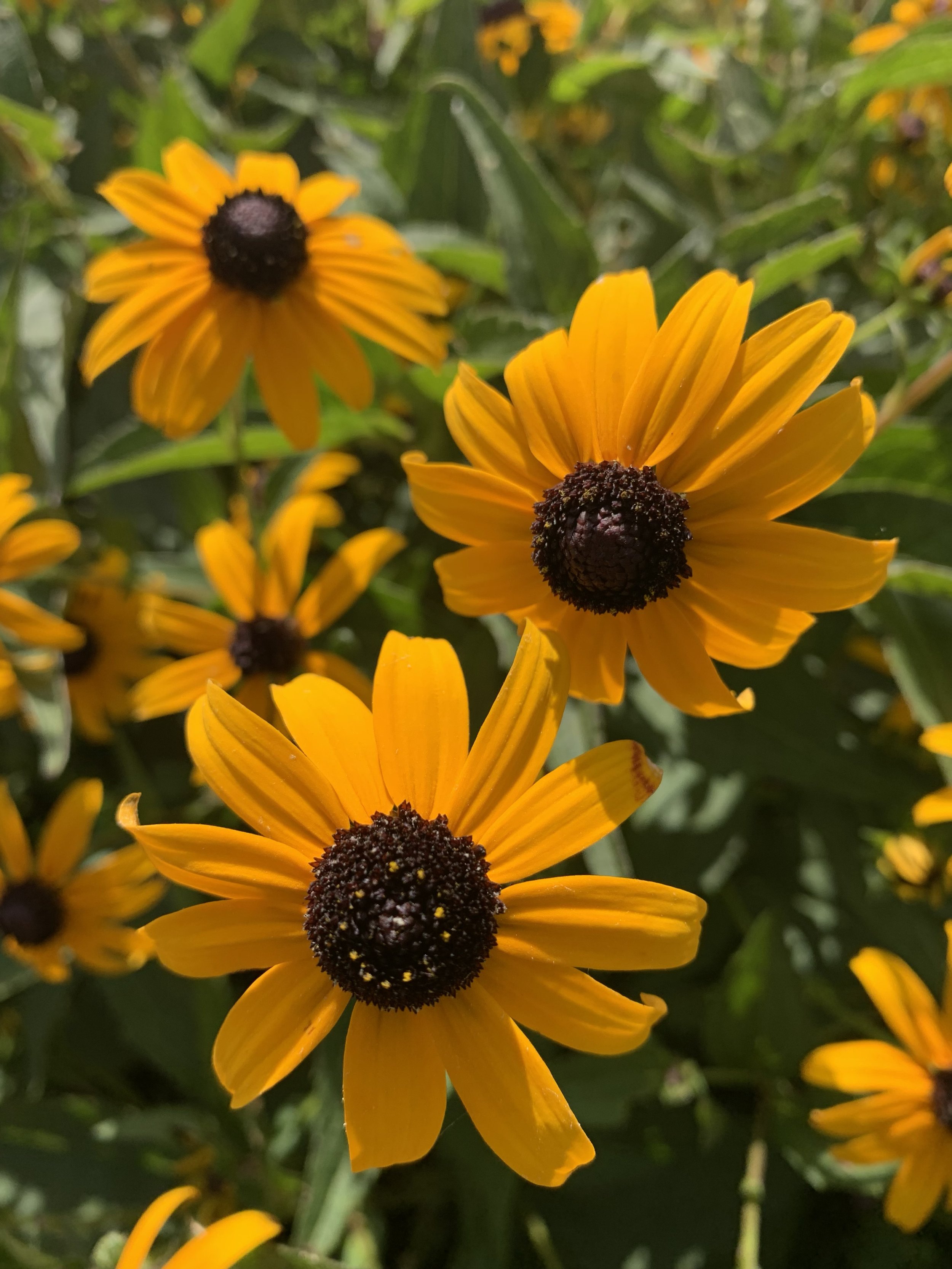
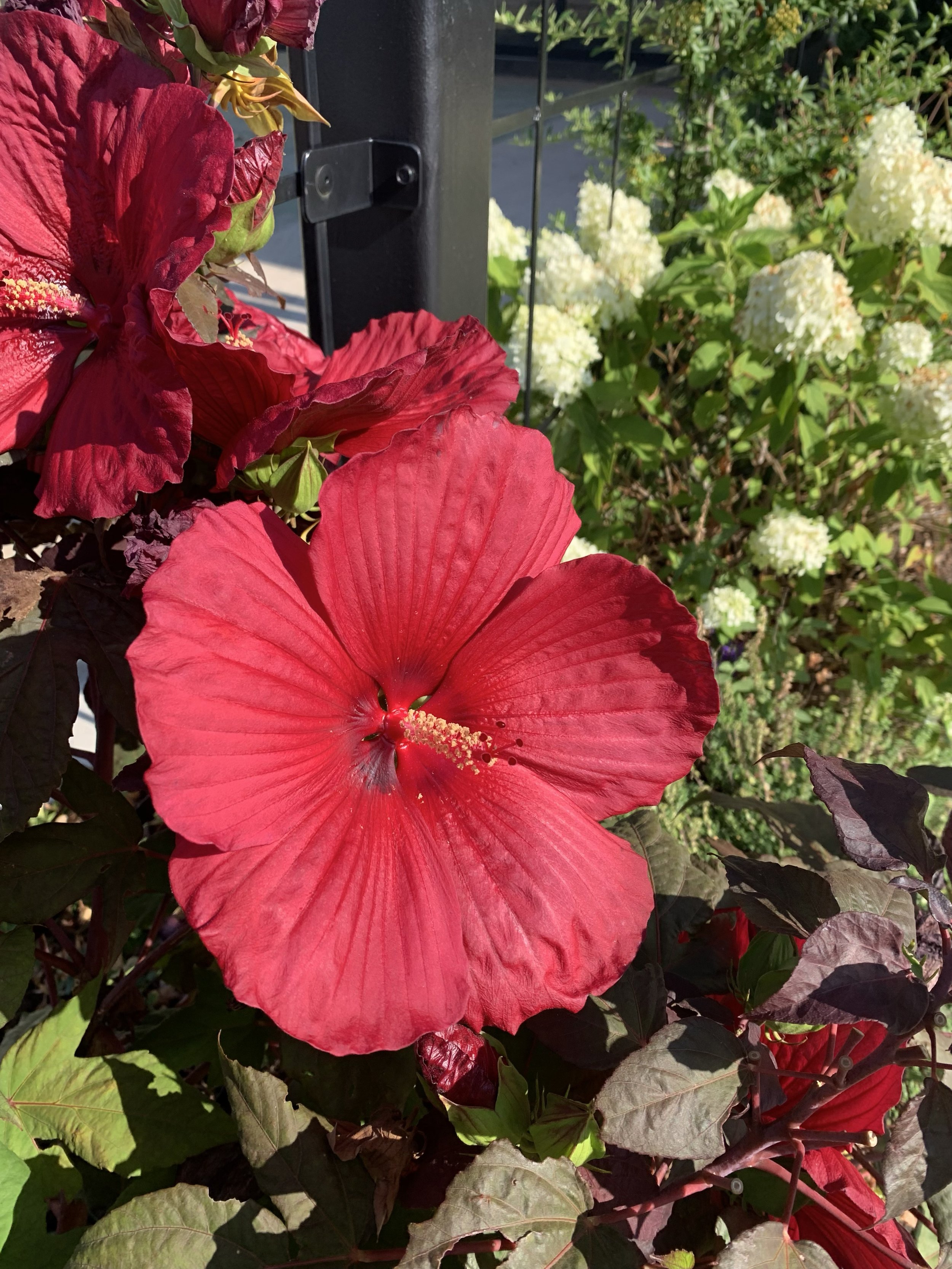
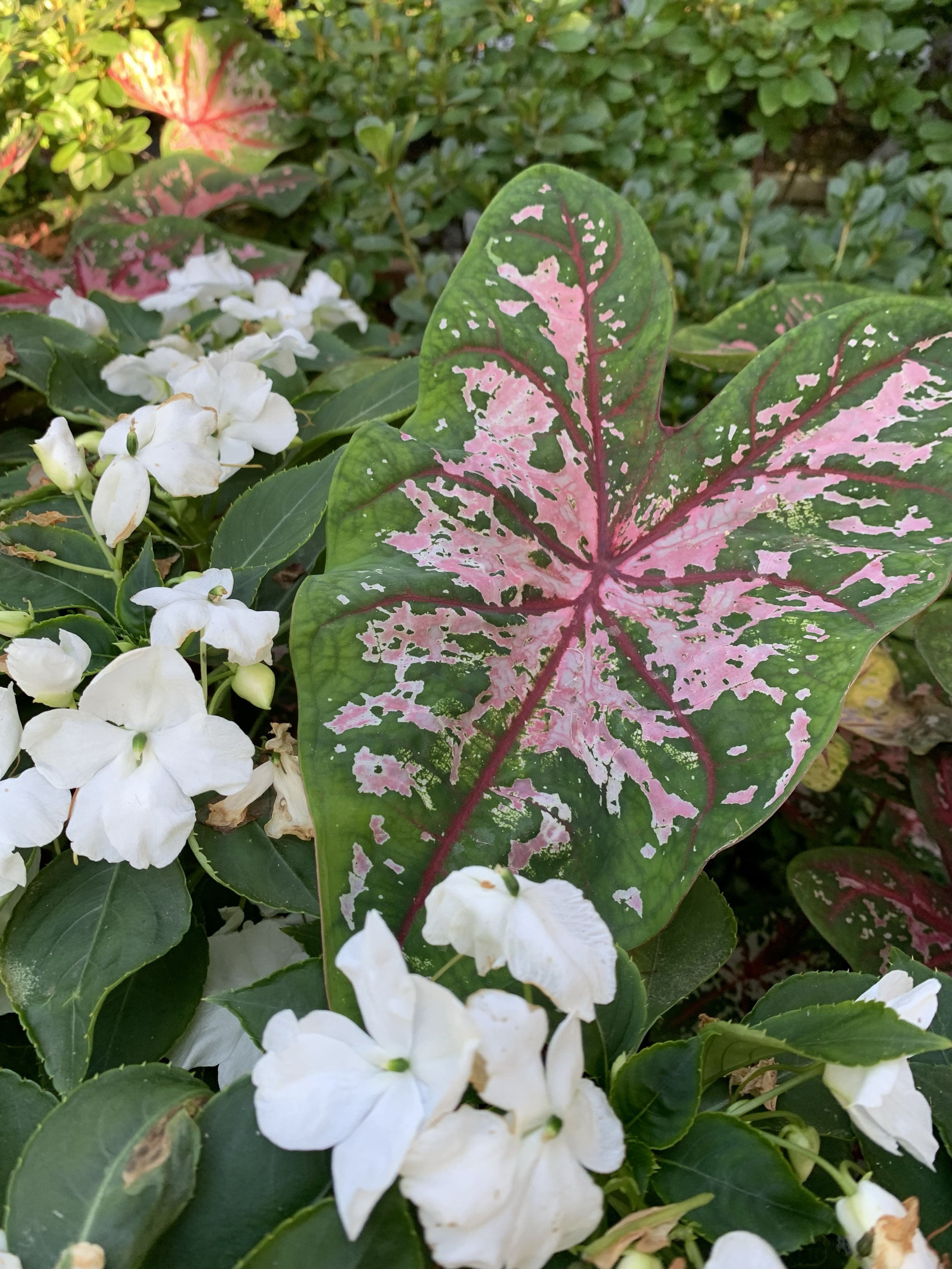
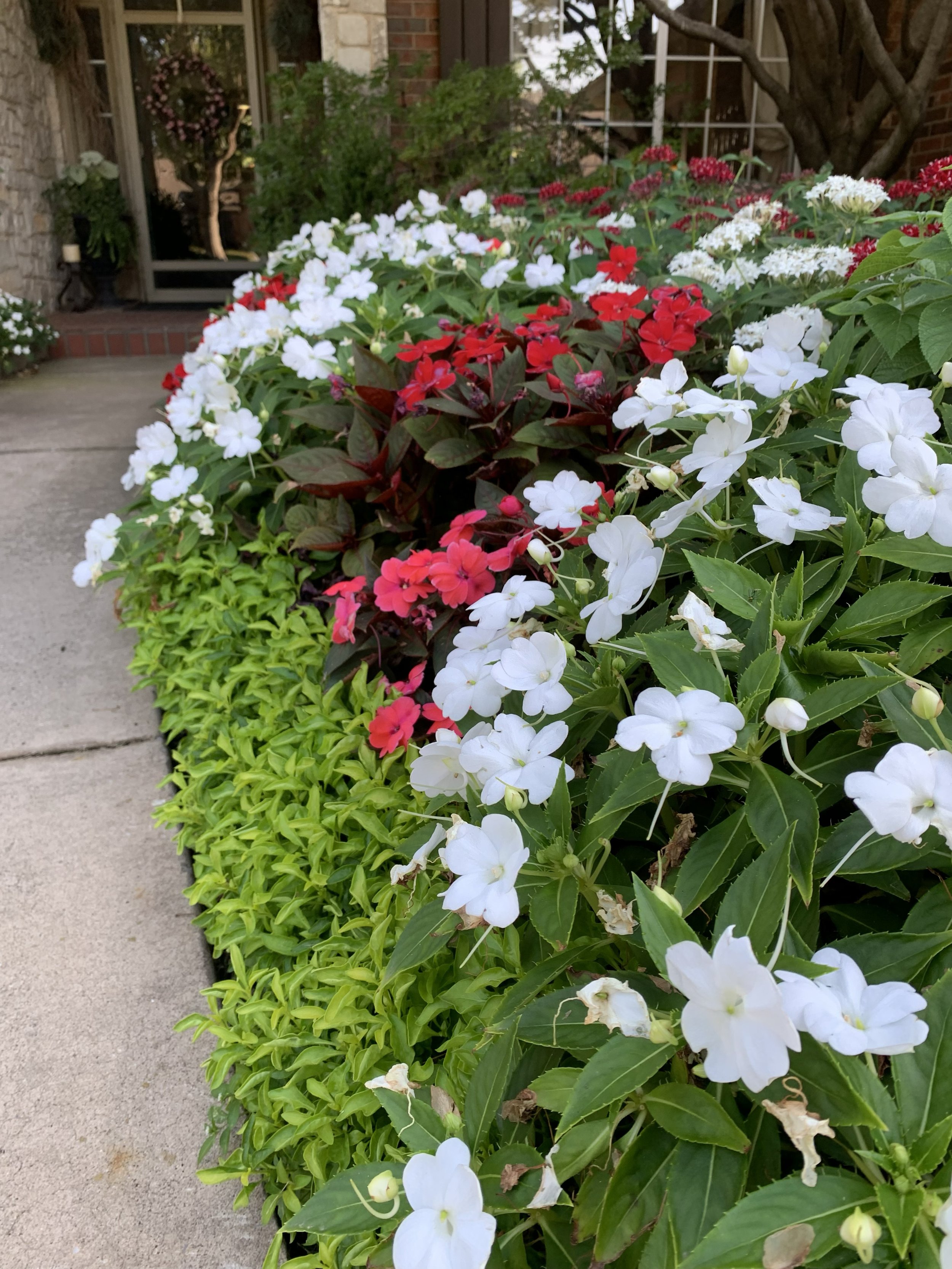
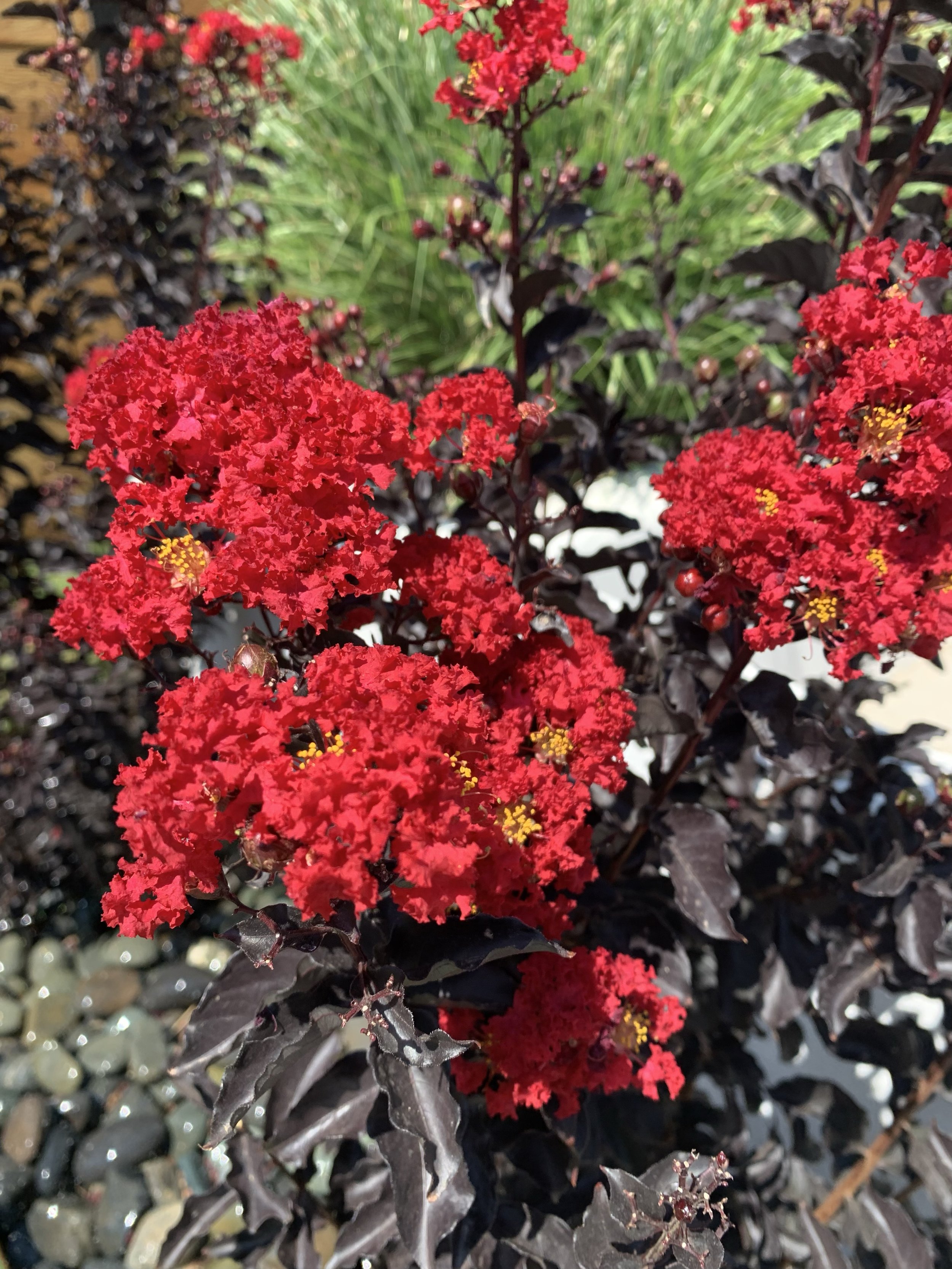
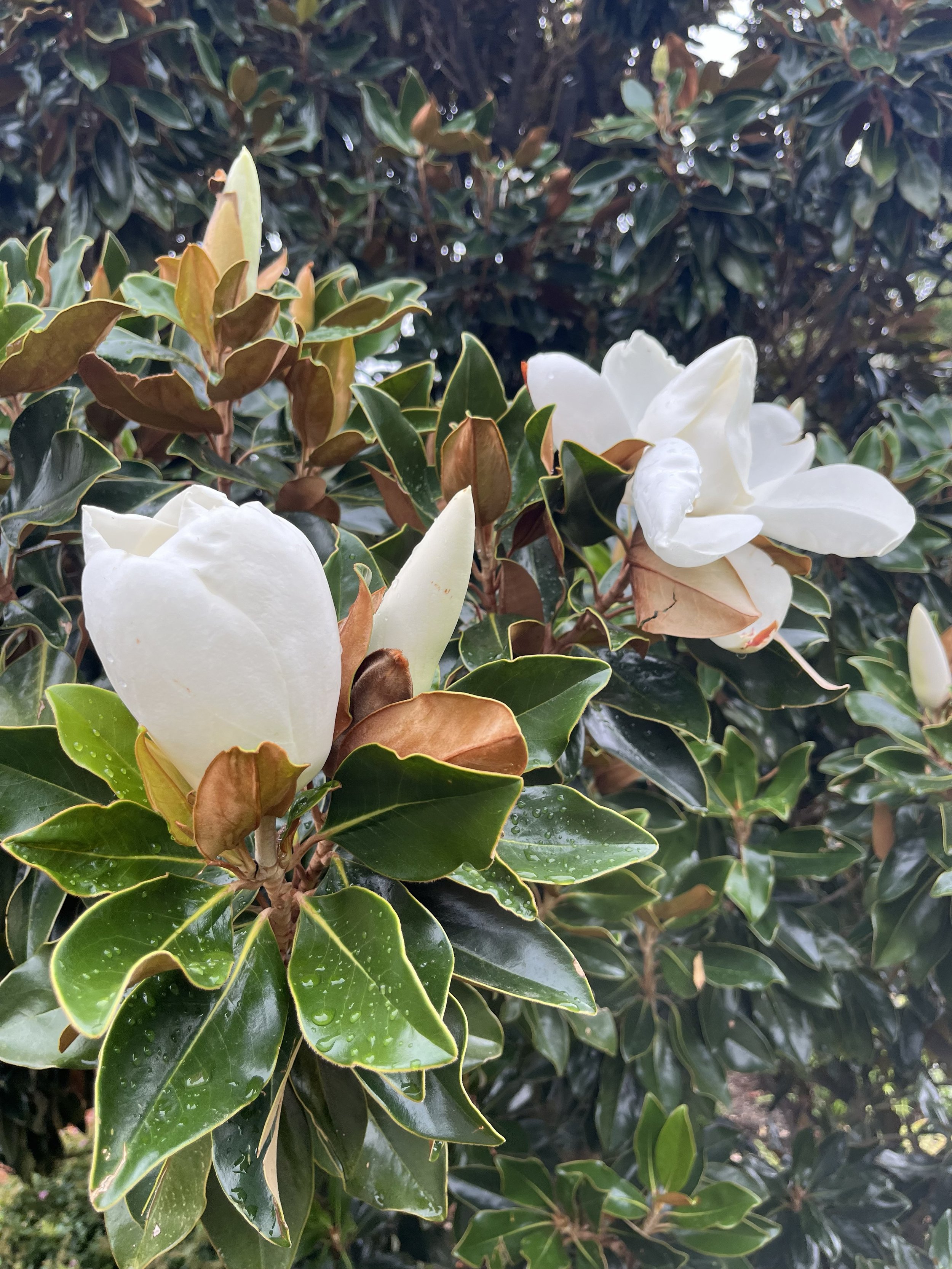
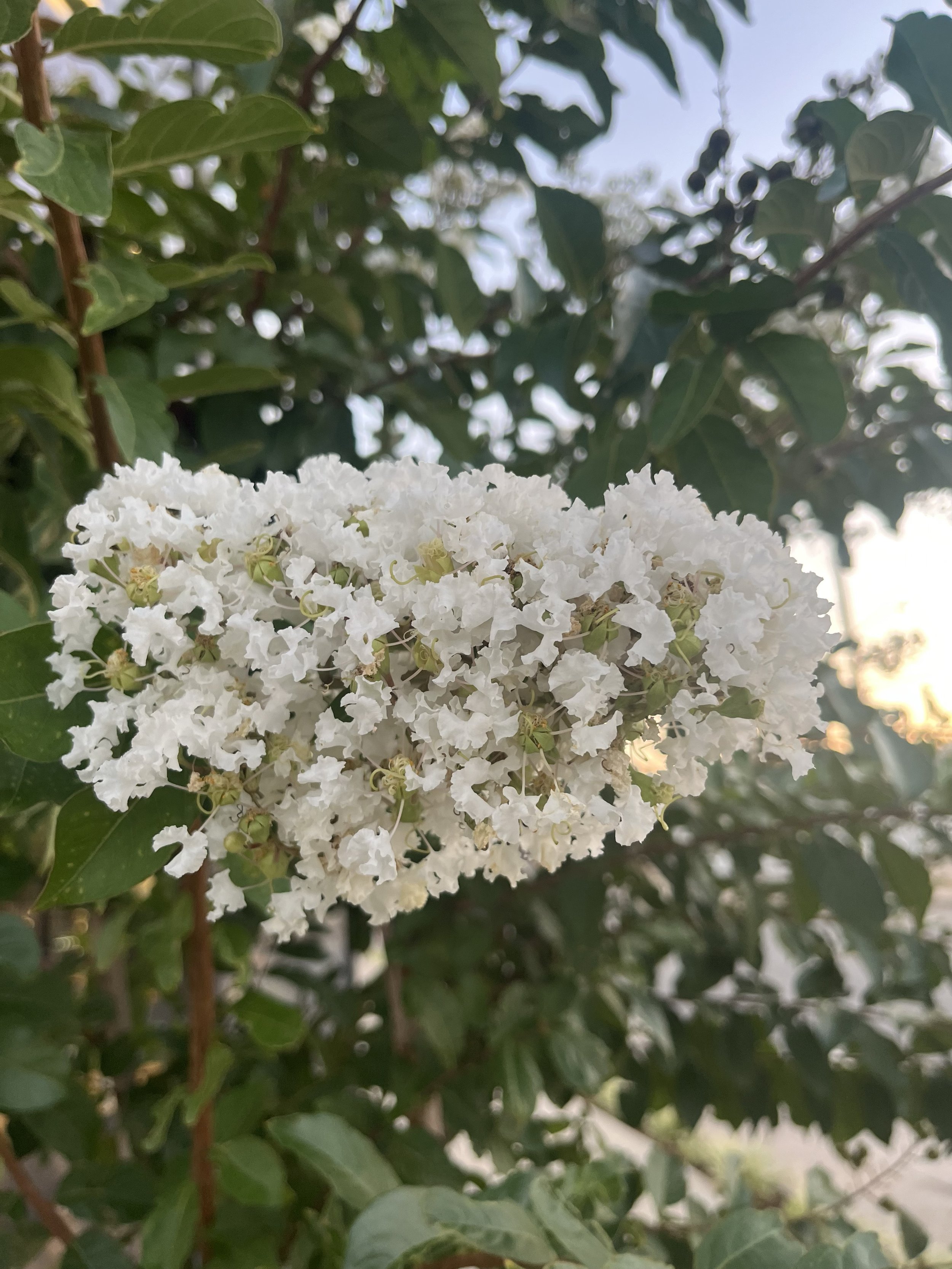
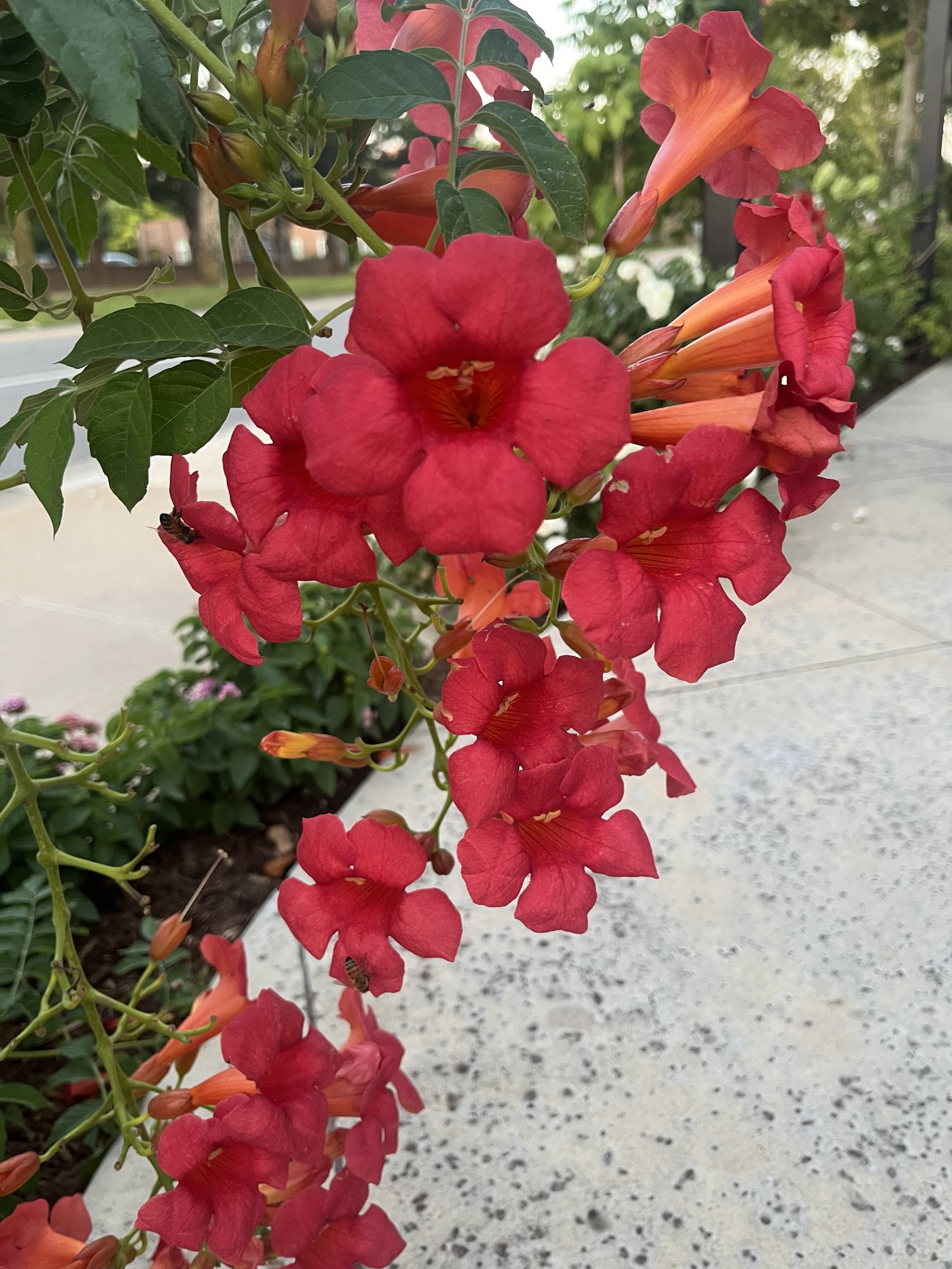
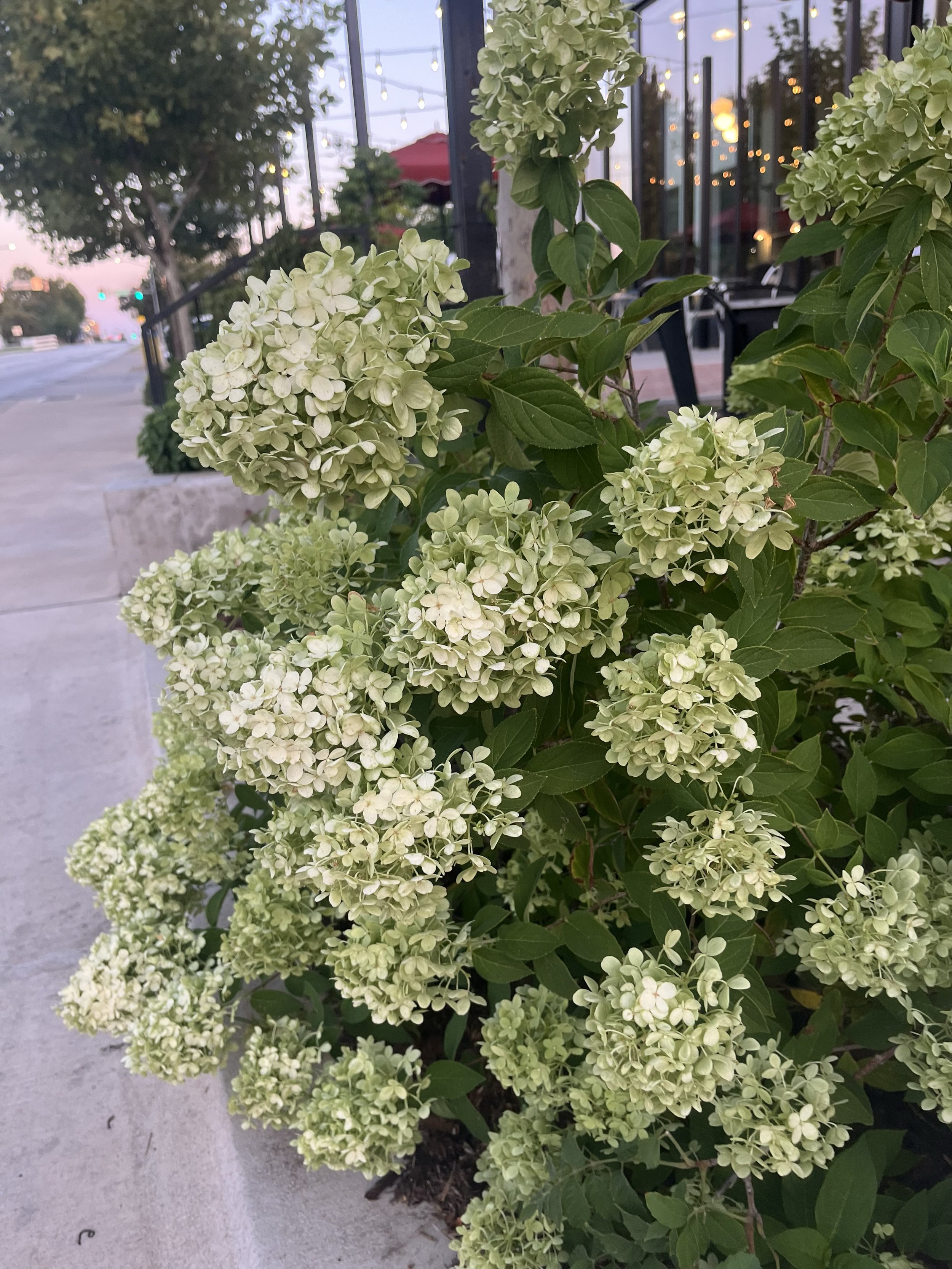
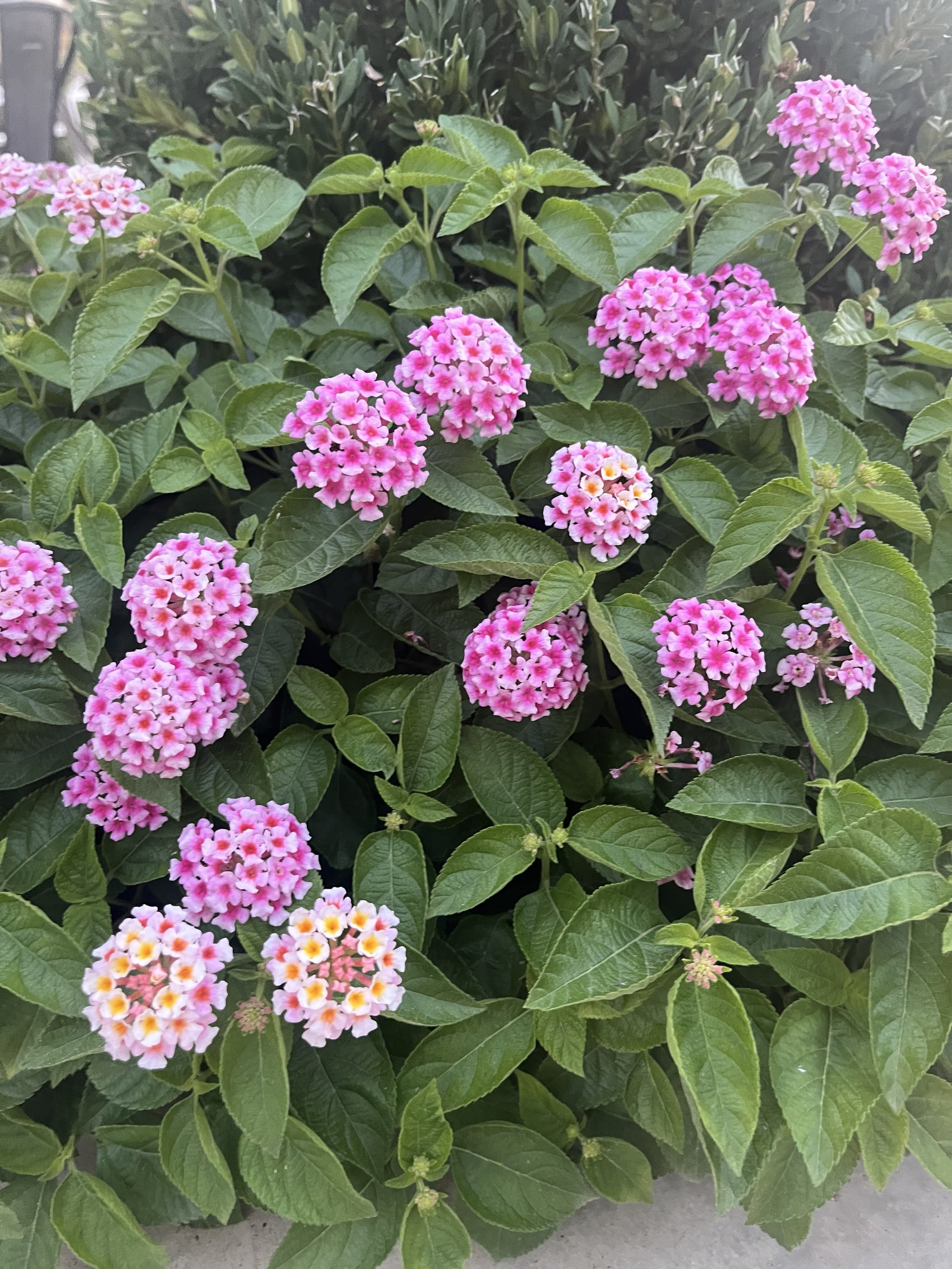
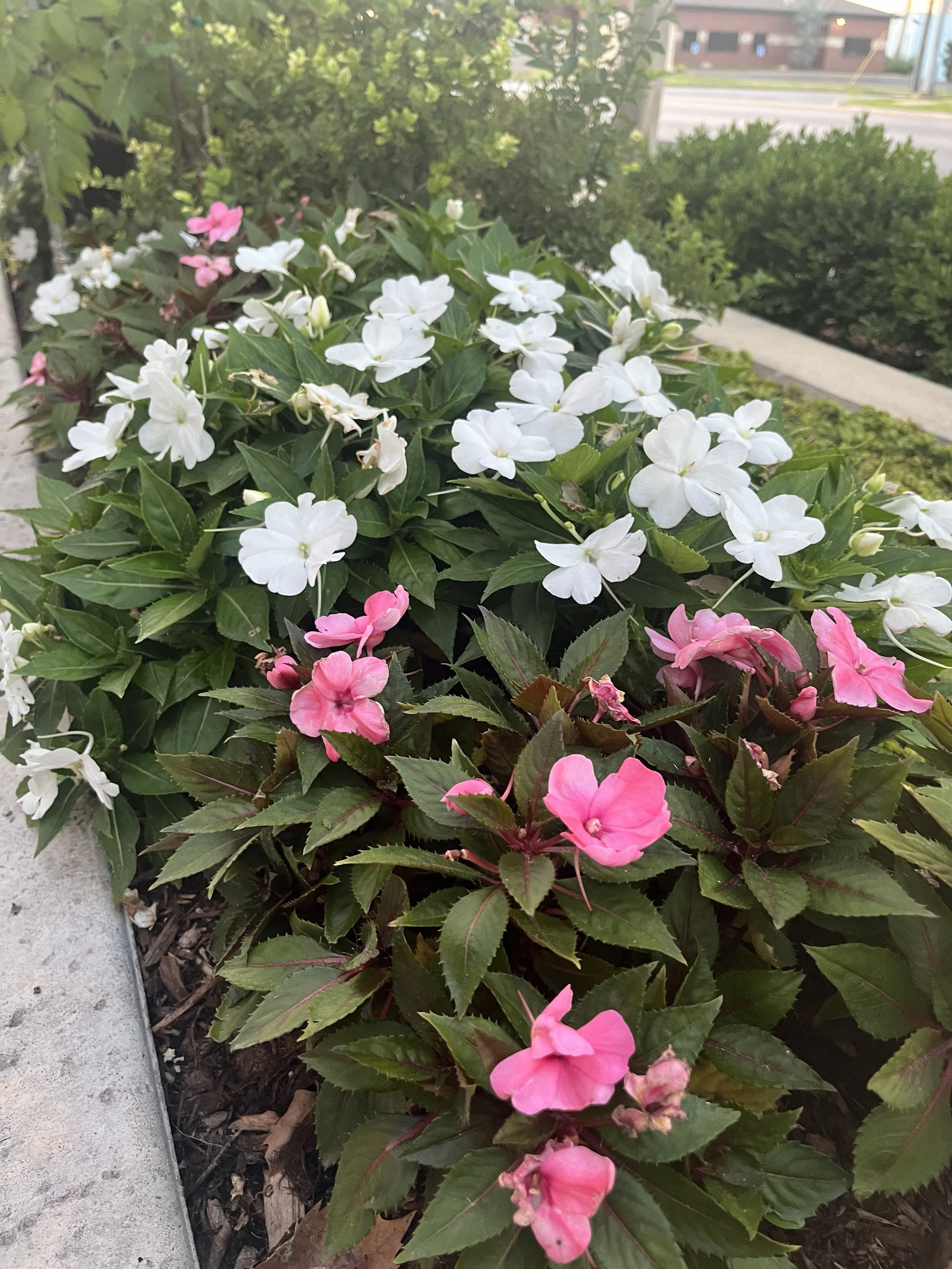
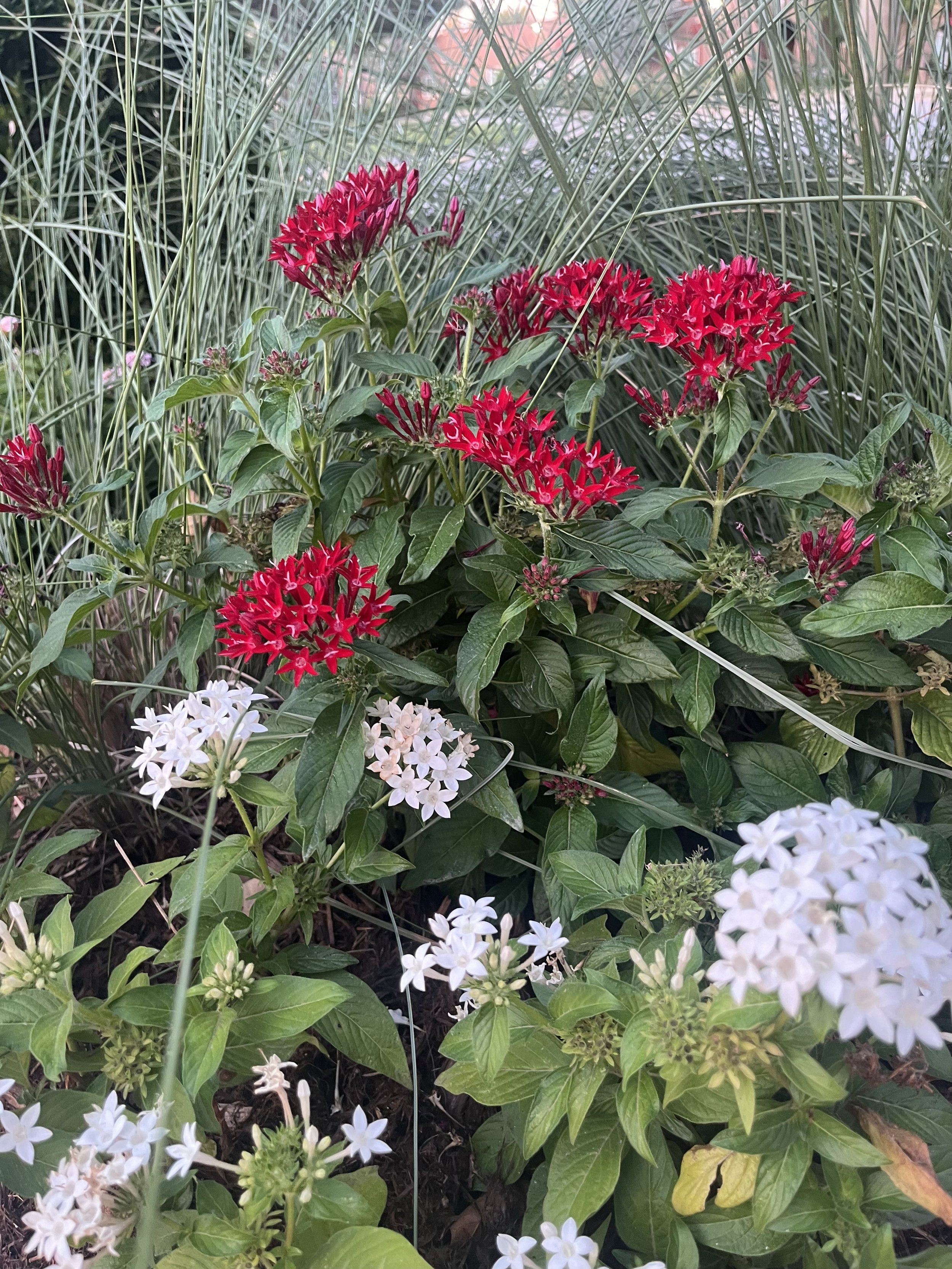
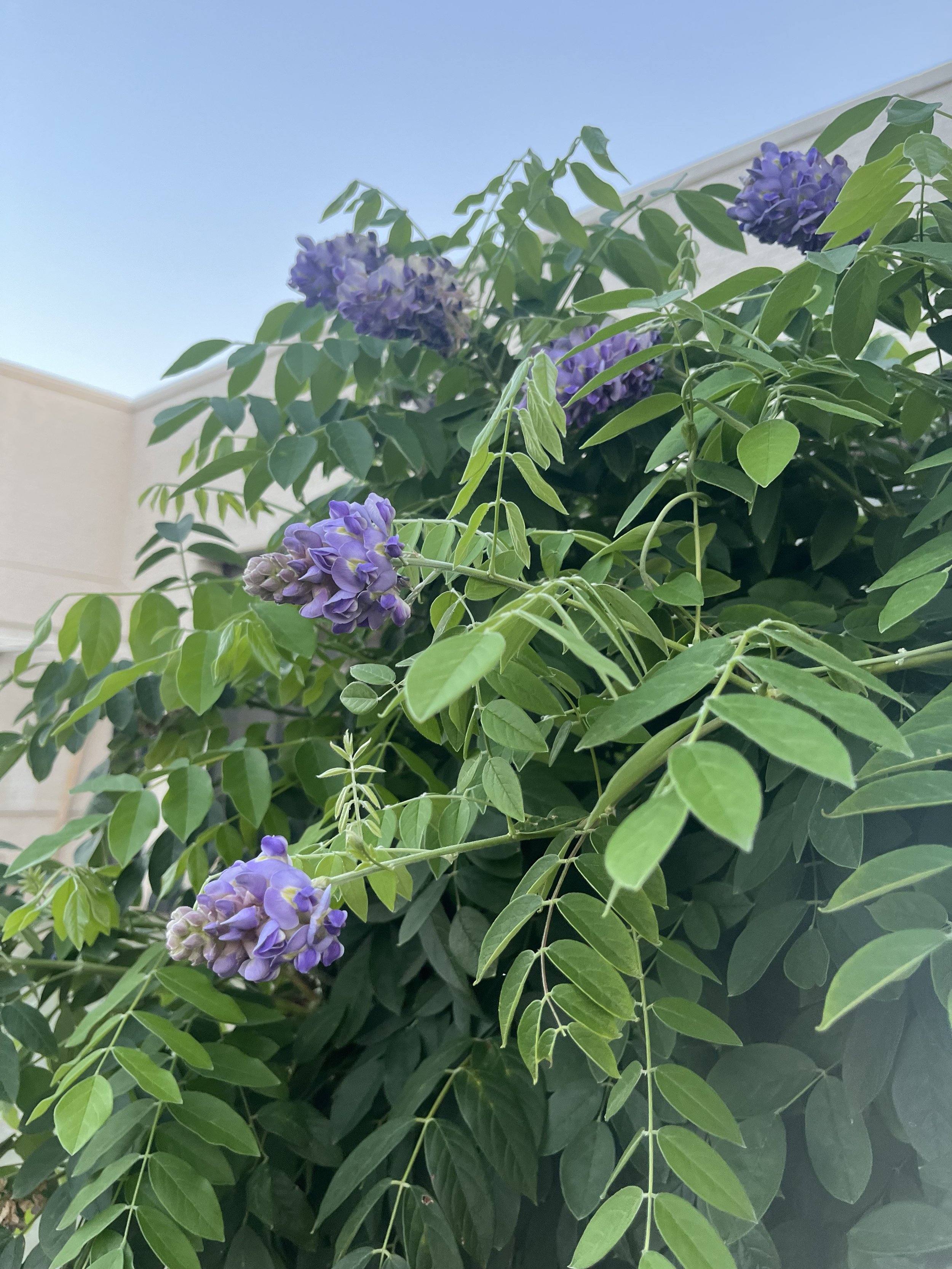
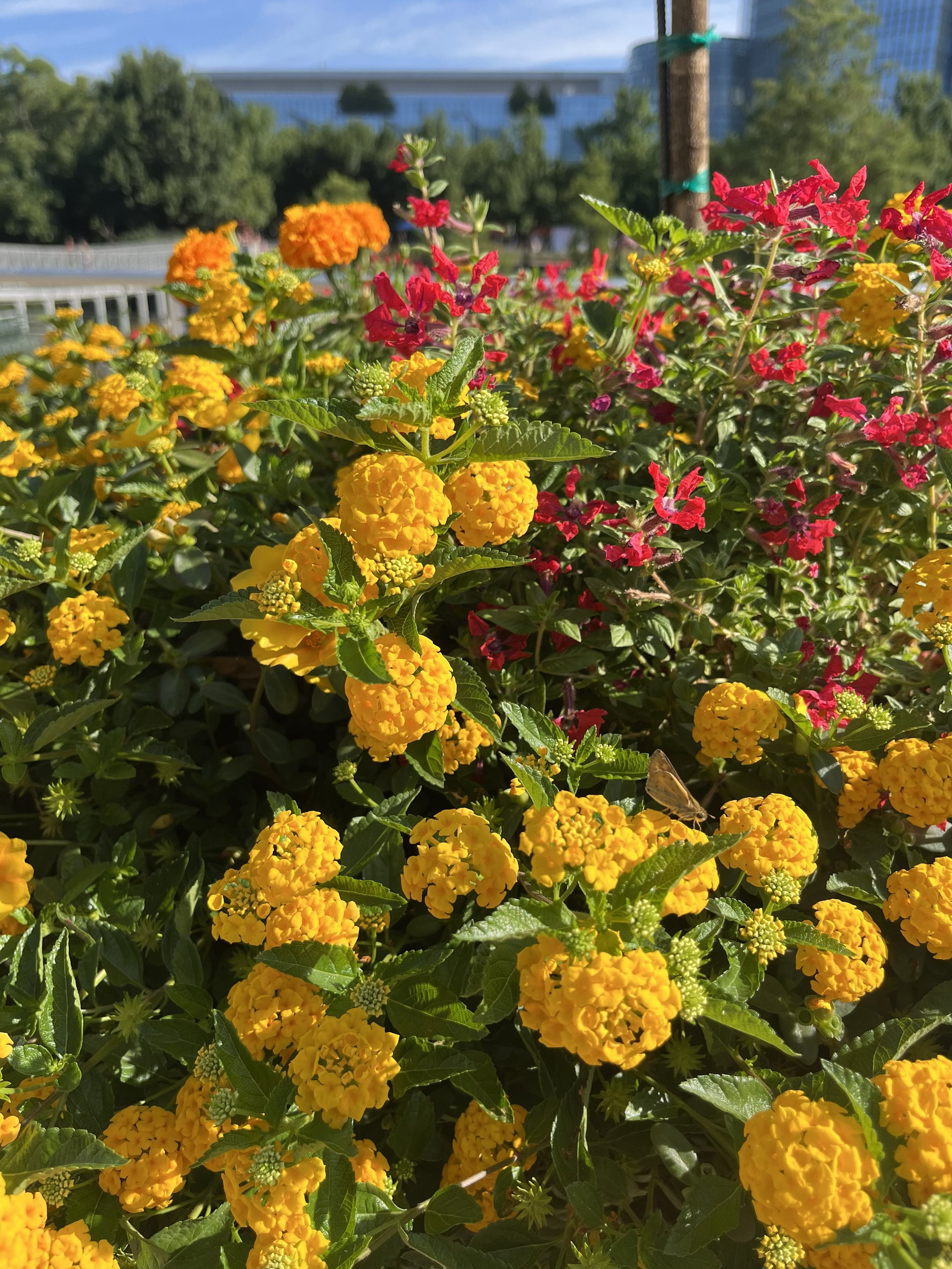
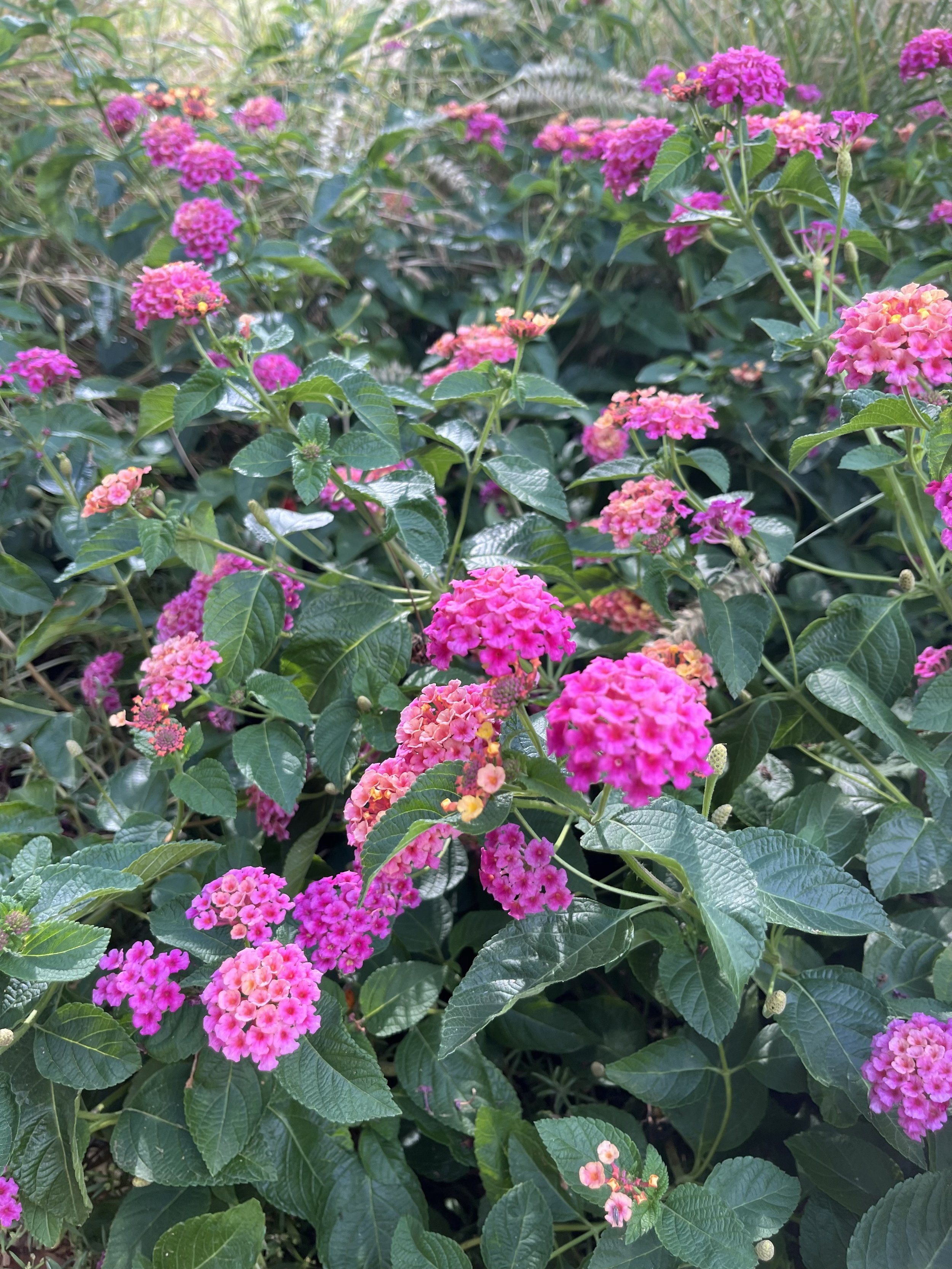
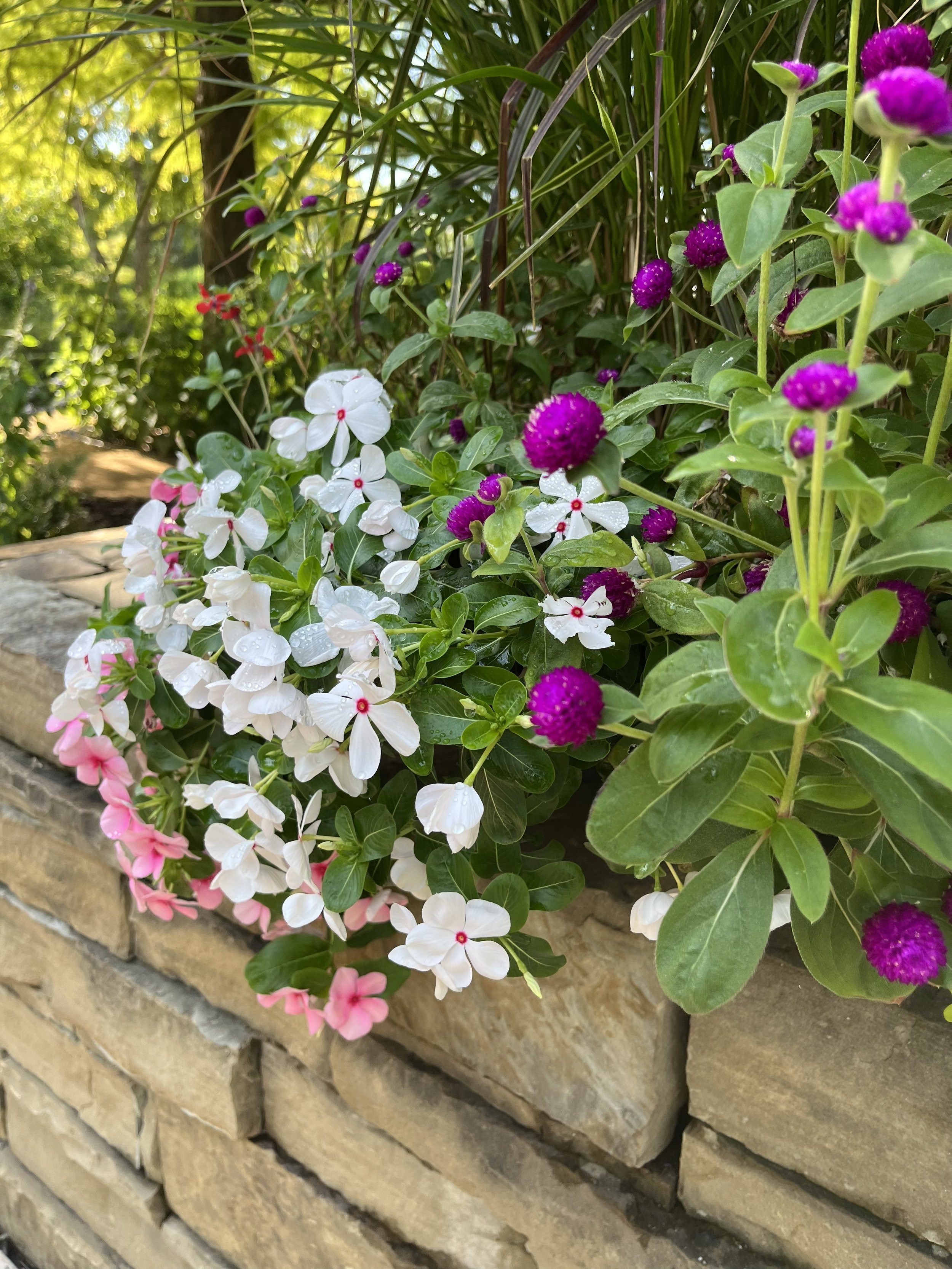
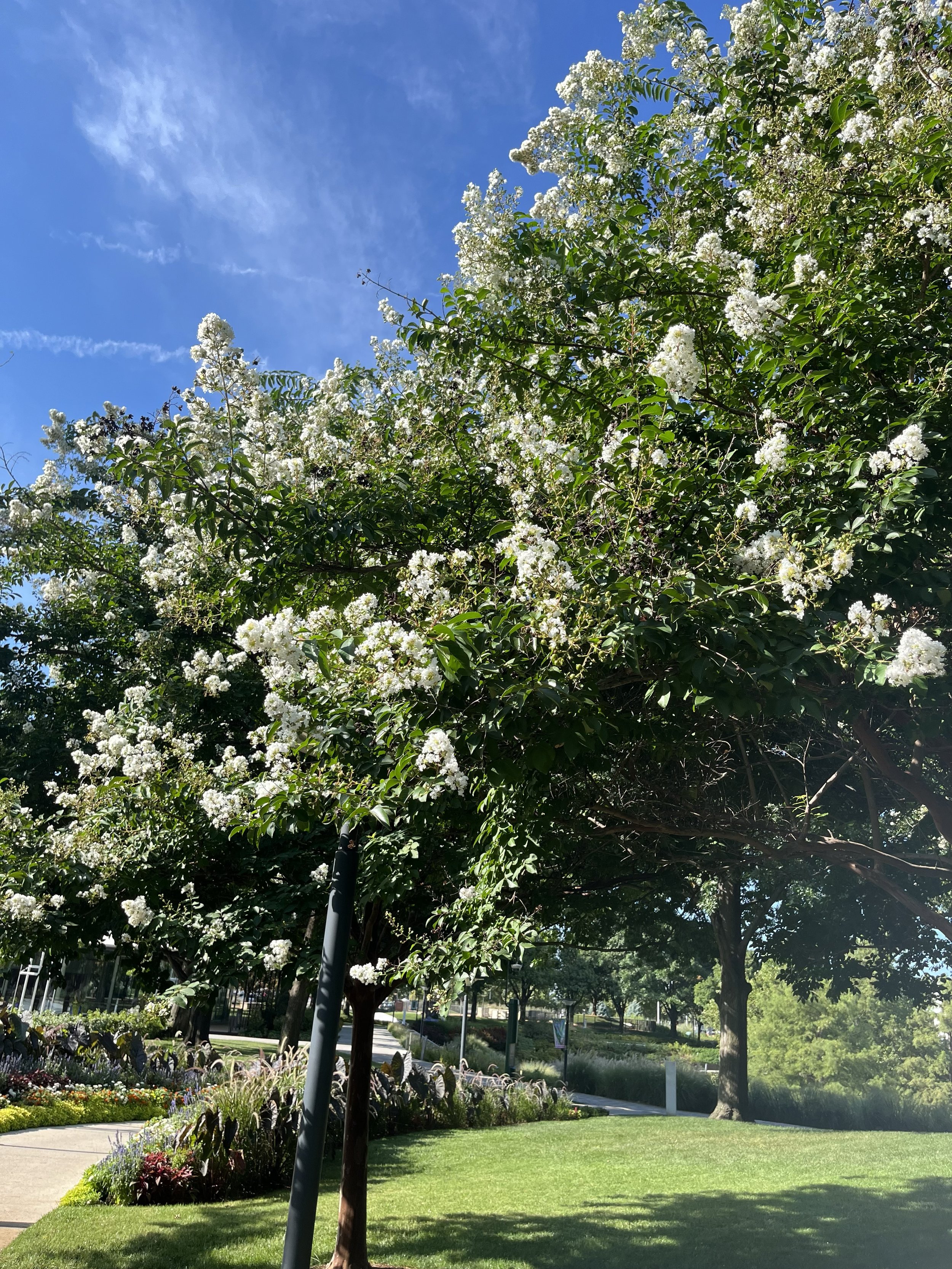
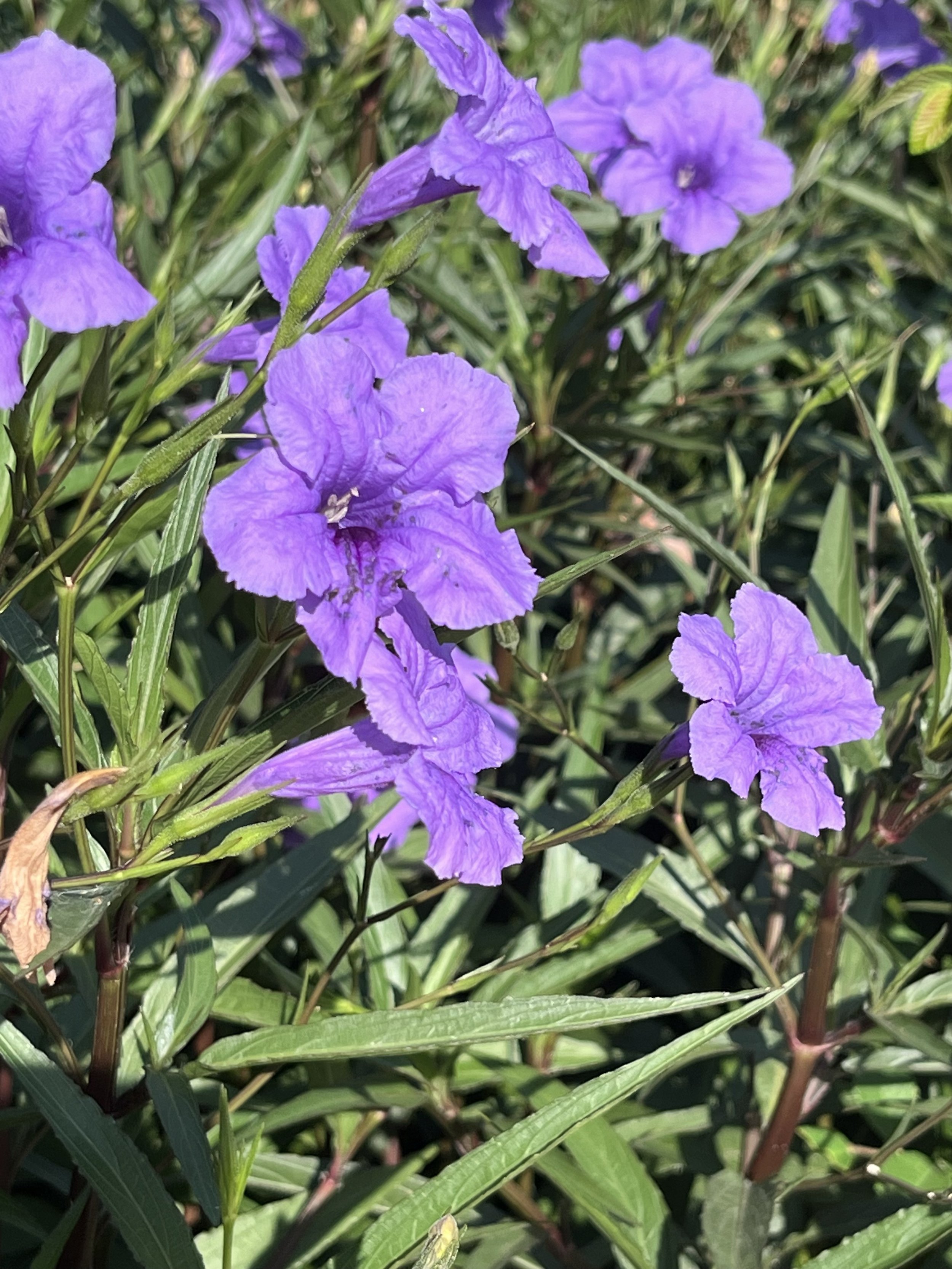
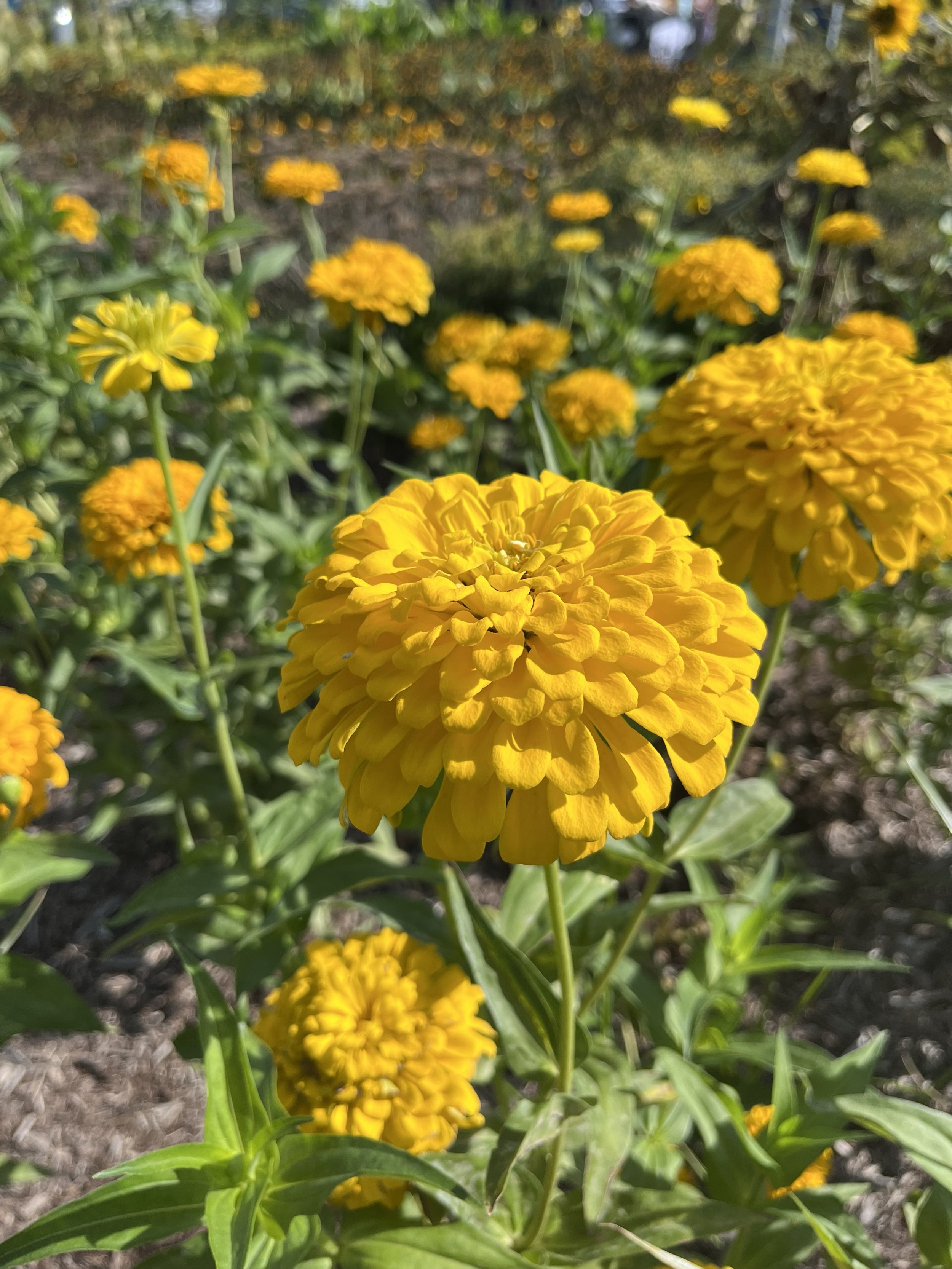
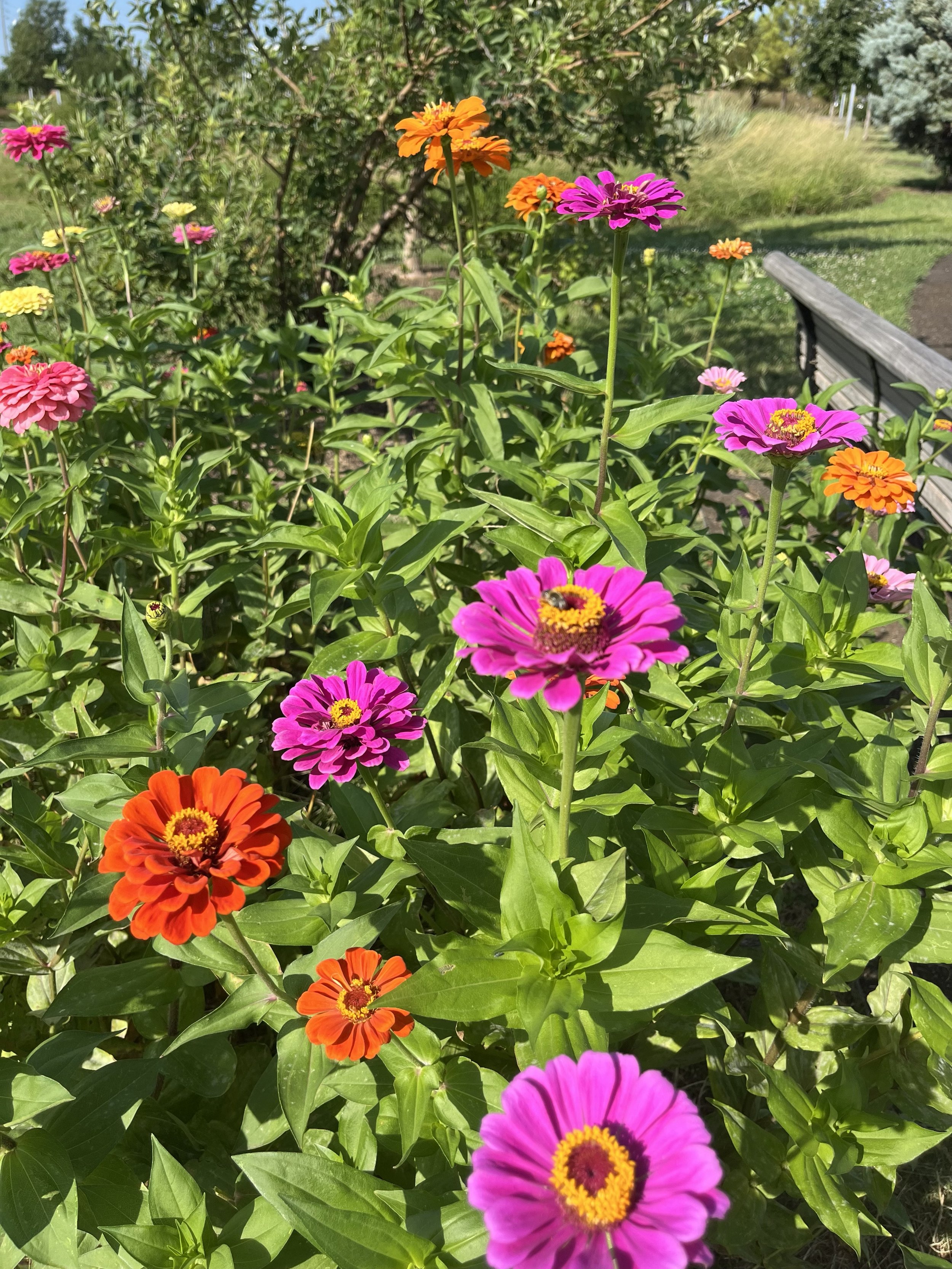
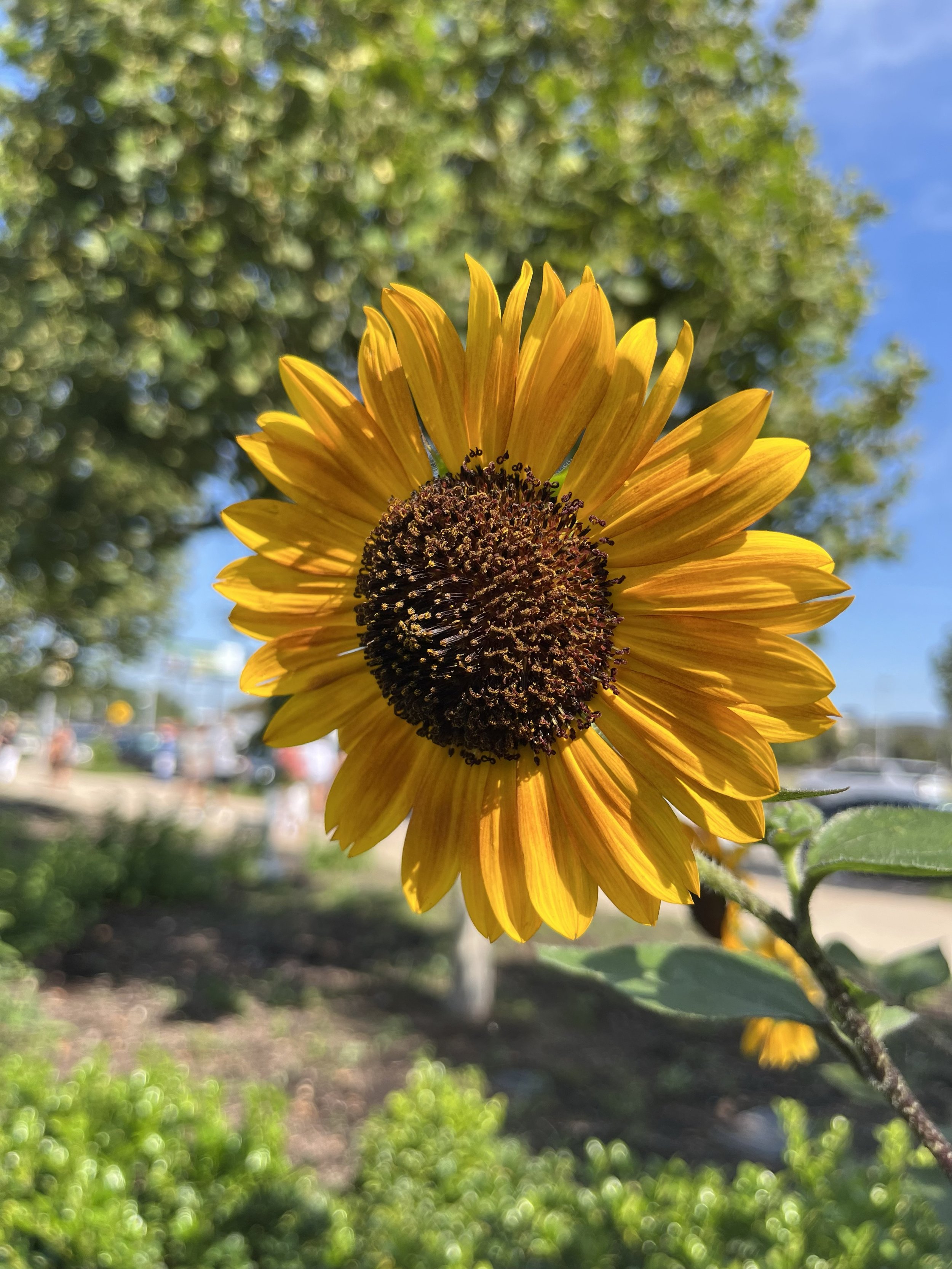
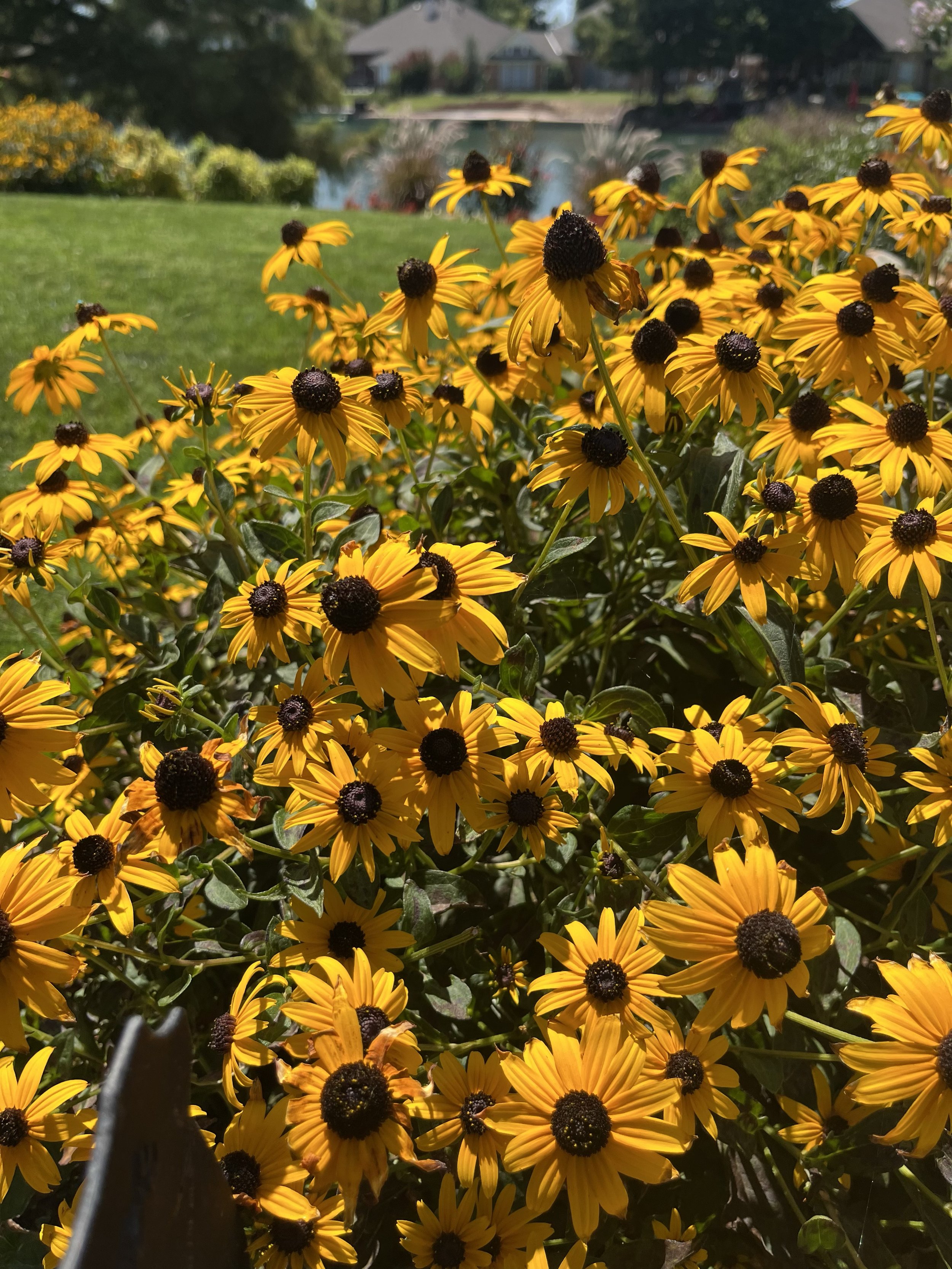
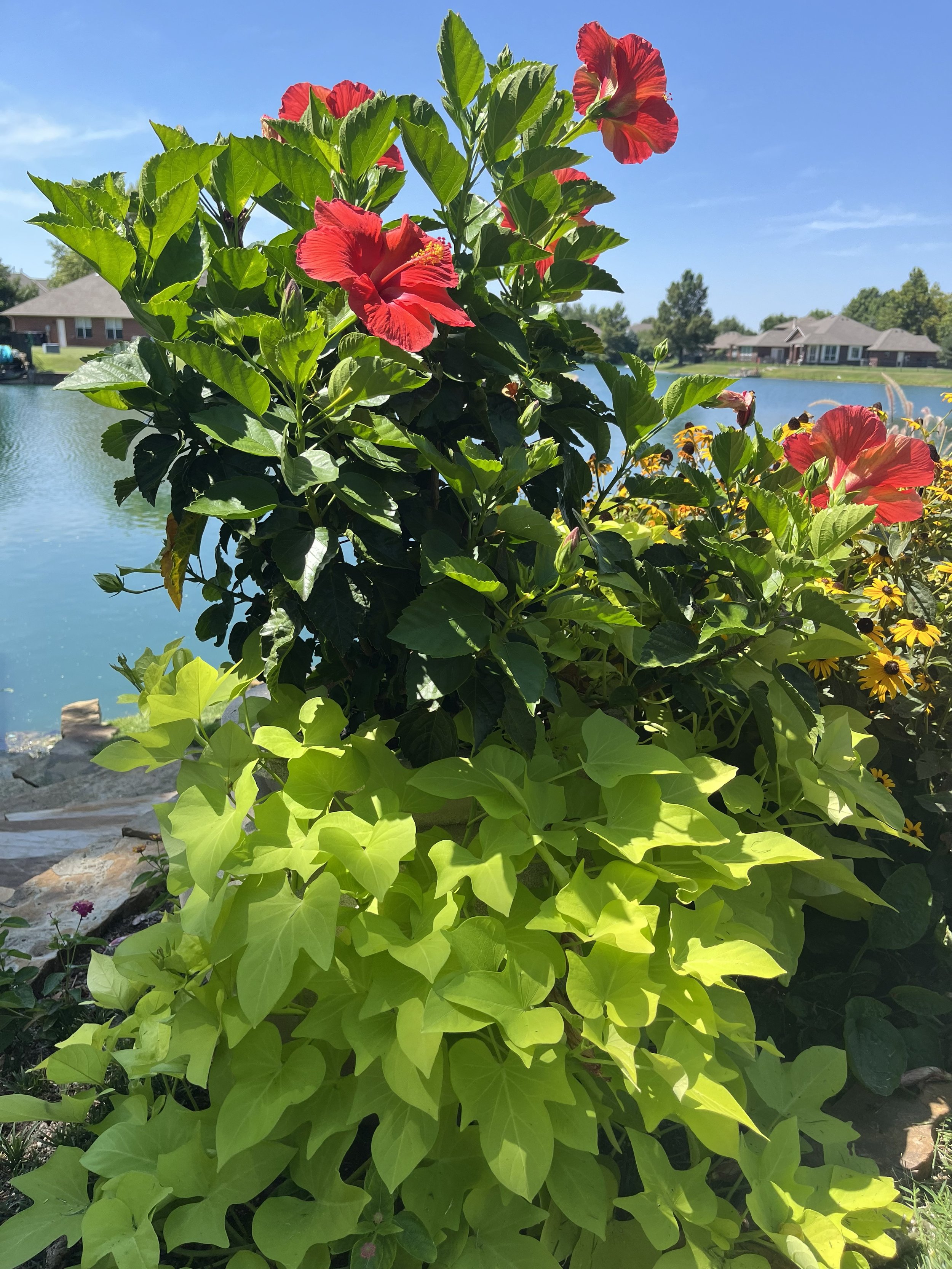
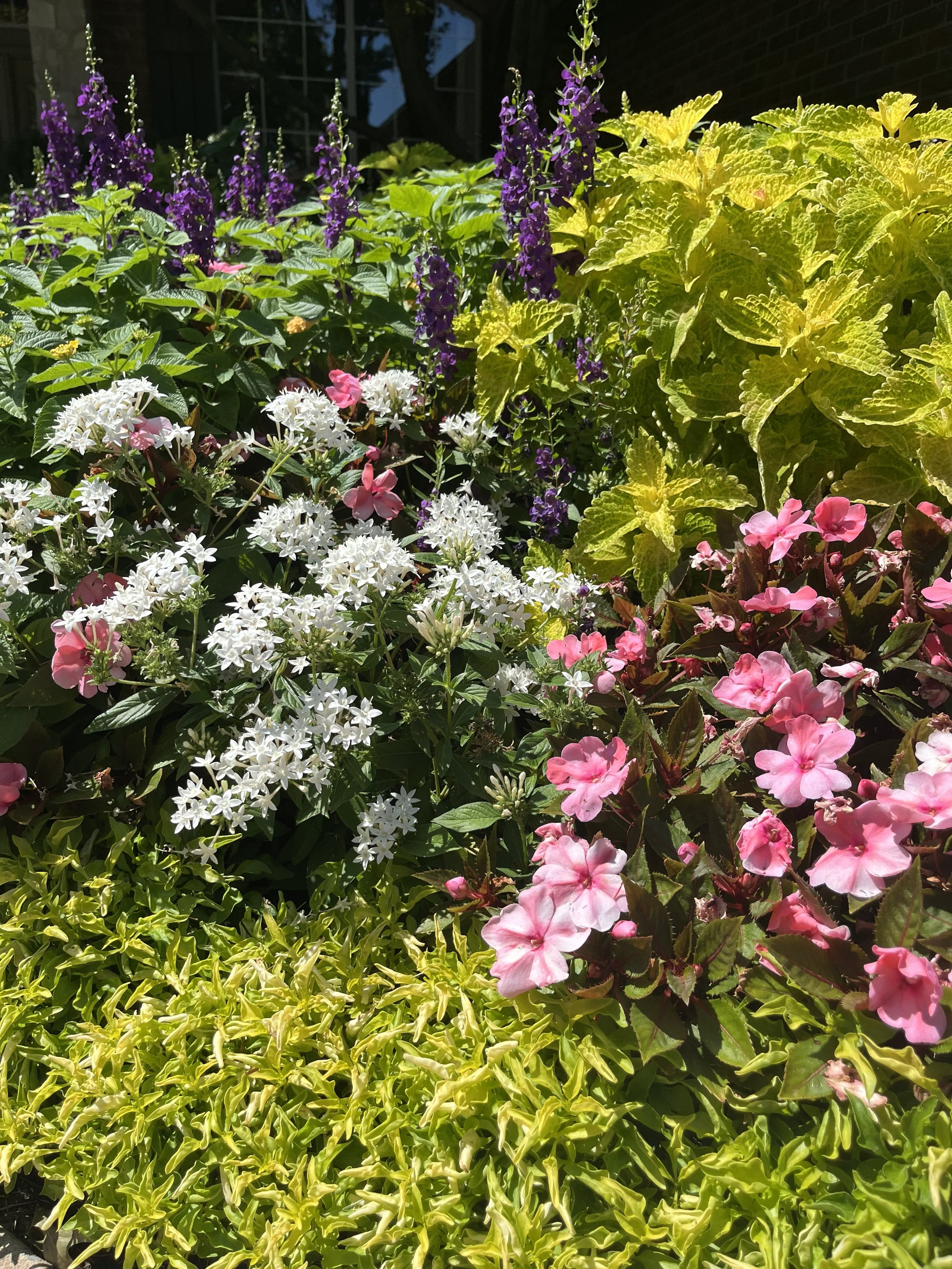
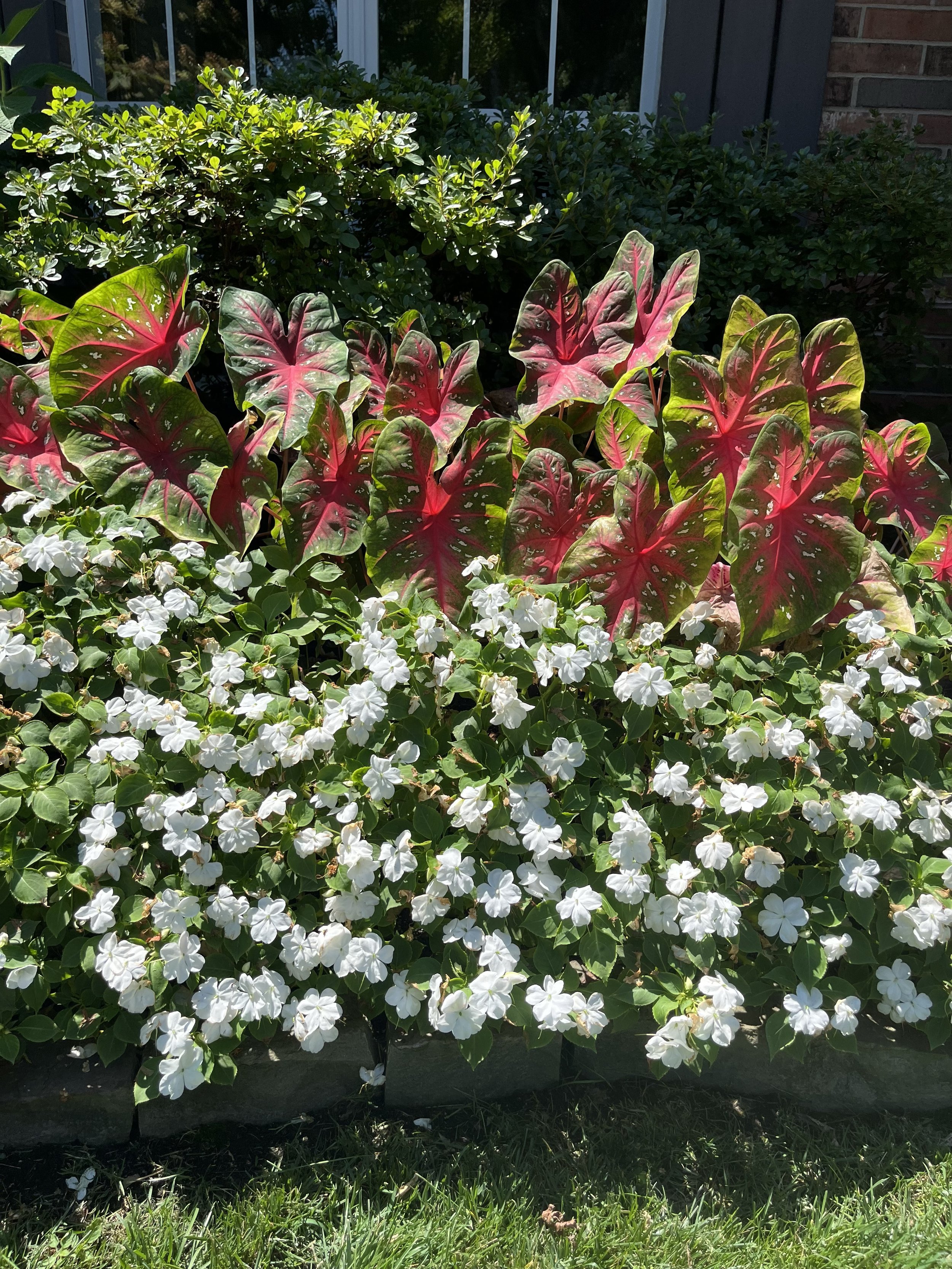
Having a great lawn and landscape through the heat of the summer is a result of good maintenance practices year after year.
A great lawn and landscape are not the result of one season, or even a full year of focus.
A great environment is the result of discovering and developing great practices and then repeating them season after season, year after year.
If you need assistance in developing great practices or have questions concerning your lawn and landscape, give us a call.
Lorne Hall
Hall | Stewart Lawn + Landscape
(405) 367-3873
What is your lawn doing for you?
Hard to believe, but we have arrived at the mid-point of the lawn care season. That’s right…if you typically mow your lawn 30 times per season, you have probably made 15 trips across your lawn so far in 2024.
So, why do you do it? What motivates you to have a great lawn?
Why does Hall | Stewart Lawn + Landscape have a passion for helping you have your best lawn?
Are all our efforts only in the pursuit of laying claim to the best lawn on the block?
Why do we work so hard to have a great lawn?
Is there anything more to a healthy, green lawn than curb appeal and feeling good about ourselves?
Have you ever pondered what a healthy lawn does for you?
Too often great lawns get a bad rap.
In the race to reduce carbon output and conserve water, have we forgotten the long list of benefits of a healthy lawn?
Concerns over water supplies, herbicides, pollutants, and your carbon footprint have caused some to race toward a more minimalist approach to landscapes and lawns.
Has the American lawn, green, neatly trimmed, symbol of civic virtue, outlived its purpose?
Is it good for the environment when living plants are replaced with artificial materials or hardscape?
Yes, water will be saved. Yes, there will be less fertilizer used.
But is there more to consider?
When it comes to the benefits of turfgrass most people don’t give it much thought. The environmental benefits of a healthy lawn are seldom considered.
Can you answer the question, “What is your lawn doing for you?”
Let’s explore a few things your lawn is doing for you:
Turfgrass captures carbon.
Healthy lawns absorb carbon dioxide and replace it with oxygen. A lawn is simply a grouping of thousands of oxygen making plants.
The average, managed lawn captures more carbon than a lawnmower produces.
The average lawn captures 300 lbs. of carbon per year and has a net positive impact on our environment.
A 2,500 sq. ft lawn, half the size of the average lawn, provides enough oxygen for a family of four.
What is a managed lawn? A lawn that receives regular mowing, some fertilizer and weed control applications. Maintaining a healthy turfgrass environment provides us with a critical component of a healthy world – less carbon.
An Ohio State Study found lawns that received only an occasional mowing and no fertilizer or weed control capture far less carbon.
Maintenance habits have a big influence on whether turfgrass helps or hurts the environment. Lawns cut too short typically create a negative carbon exchange. Weedy lawns, nutrient deficient lawns, and drought stress lawns result in thin lawns that have a negative impact on the environment.
EPA reports that turf grasses in the United States offset the carbon emissions of 5.2 million cars every year.
Actively growing and healthy lawns reduce heat.
A well-maintained lawn around homes can reduce air temperatures on the average 15 to 30 degrees compared to concrete, asphalt or gravel.
The California Energy Commission found the cooling effect of an average size lawn is equal to nearly 9 tons of air conditioning.
Grass cools the air by absorbing solar radiation and through evapotranspiration.
Studies estimate that improved planting and maintenance of lawns and landscapes around homes could reduce total US air conditioning requirements by 25%.
A healthy turf captures pollutants and reduces runoff.
Less runoff increases infiltration of water into the groundwater supply. A dense root system traps and removes pollutants moving through the soil and into the water supply. The natural filtration system of healthy turfgrass improves water quality.
Lawns are the best natural water purifier.
Turfgrass is more effective at stopping erosion than any other plant. Grass naturally slows runoff and allows more water to be absorbed.
Healthy lawns improve air quality.
Healthy lawns contribute to improved air quality by acting as traps for dust and particles. Because a lawn completely covers a soil surface, particles are prevented from being blown to another area.
Compared to hard surfaces, turf grass traps 10 to 30 times more air particles and pollution.
Lawns are a major component of higher home values.
Smart Money reported consumers value a home with a well-maintained lawn and landscape on average 11.3% over the base value.
Well maintained lawns are one of the most important factors individuals and families consider when deciding where to live.
Yes, there is a place for synthetic turf in the landscape as a part of an experiential environment.
Great lawns benefit the community and human health.
Green areas enhance community pride, provide places for people to come together and promote outdoor activity.
Lawns knit neighborhoods together. Lawns connect people.
Studies show people who live and work with a view of lawns and landscapes compared to hard surfaces are found to recover from stress quicker, experience fewer headaches, and are more productive.
Two studies show that children with Attention-Deficit/Hyperactivity Disorder have shown that green spaces, such as lawn areas, experience less severe symptoms.
Studies have also found the noise absorption capacity of turfgrass is significant.
Lawns are where memories are made. No doubt, everyone can easily think of fond memories on the lawn with family and friends.
The belief that well maintained lawns are an environmental liability is short-sighted.
Don’t fall for myth that a healthy lawn isn’t good for the environment.
Water concerns are legitimate. Education on proper watering is important. Deep, infrequent watering, based on the lawn’s needs, is a key to developing a healthy lawn that is good for the environment.
The scientific study “The Role of Turfgrasses in Environmental Protection and Their Benefits to Humans” stated, “the main cause for excessive landscape water use in most situations is the human factor.”
Excessive use of fertilizers and herbicides is a problem. But, when used properly, according to the label, fertilizers and herbicides are important ingredients in creating a healthy lawn that is beneficial to the world in which we live, work and play.
James Beard, Professor Emeritus of Texas A&M, said, “The environmental benefits of turfgrass are the most sensible and economically feasible approach to counter the greenhouse effect.”
So, what has your lawn done for you lately?
Far more than you can imagine!
Lorne Hall
Hall | Stewart Lawn + Landscape
(405)367-3873
What can your lawn do for you?
In the race to reduce carbon output and conserve water, many have forgotten the long list of benefits of a healthy lawn. Concerns over water supplies, herbicides, pollutants, and your carbon footprint have caused some to race toward a more minimalist approach to landscapes and lawns.
Over the past few years the media joined the war against the landscape with articles such as “The Life and Death of the American Lawn. Grasses – green, neatly trimmed, symbols of civic virtue – shaped the national landscape. They have now outlived their purpose.”
One of the hottest trends is the replacement of natural grass with landscape gravel or artificial turf. Both have their place, but not at the expense of a healthy landscape of plants, trees, and turf.
Is it good for the environment when living plants are replaced with artificial materials? Yes, water will be saved. Yes, there will be less fertilizer used. But, is there more to consider?
Can replacing a living plants with artificial materials really be a net positive for the environment?
When it comes to the benefits of turf grass most people don’t give it much thought. The environmental benefits of a healthy lawn are seldom considered. Most would have a hard time answering the question, “What is your lawn doing for you?”
Let’s explore a few reasons why a healthy landscape is important to our environment:
Turfgrass captures carbon.
Healthy lawns absorb carbon dioxide and replace it with oxygen.
The average, managed lawn, captures more carbon than a lawnmower produces. The average lawn captures 300 lbs. of carbon per year and has a net positive impact on our environment.
A 2,500 sq. ft lawn, half the size of the average lawn, provides enough oxygen for a family of four.
What is a managed lawn? A lawn that receives regular mowing, and some fertilizer and weed control applications. Maintaining a healthy turfgrass environment provides us with a critical component of a healthy world – less carbon. An Ohio State study found lawns that received only an occasional mowing and no fertilizer or weed control captured far less carbon.
Maintenance habits have a big influence on whether turfgrass helps or hurts the environment. Lawns cut too short typically create a negative carbon exchange. Weedy lawns, nutrient deficient lawns, and drought stress lawns result in thin lawns that have a negative impact on the environment.
Actively growing and healthy landscapes can provide benefits of heat reduction.
Trees, shrubs, and lawn areas around homes can reduce air temperatures on the average 15 degrees compared to concrete, asphalt or gravel.
Studies estimate that improved planting and maintenance of lawns and landscapes could reduce total US air conditioning requires by 25%. Grass cools the air by absorbing solar radiation and through evapotranspiration.
A healthy turf slows water runoff reducing erosion and therefore reducing sediment build up and improves the quality of streams, ponds, and lakes.
Less runoff increases infiltration of water into the groundwater supply. A dense root system traps and removes pollutants moving through the soil and into the water supply. The natural filtration system of healthy turfgrass improves water quality.
Turfgrass is more effective at stopping erosion than any other plant. Grass naturally slows runoff and allows more water to be absorbed. Also, grass is a natural water purifier.
Lawns are a major component of higher home values.
Smart Money reported consumers value a home with a well maintained lawn and landscape on the average 11.3% over the base value.
Healthy lawns improve air quality by trapping dust and allergens.
Dense turf reduces the blowing of soil particles. Also, it only takes 25 sq. ft. of turfgrass to provide enough oxygen for one adult for one day.
Great lawns benefit the community and human health.
Green areas enhance community pride, provide places for people to come together and promotes outdoor activity. Research shows the result is improved physical and mental health and reduced stress.
The belief that well maintained lawns are an environmental liability are short-sighted. Water concerns are legitimate. Overwatering lawns and excessive use of fertilizers and herbicides drive much of the concern. Education on proper watering, maintenance, fertilizer, and herbicide use is important.
A scientific study “The Role of Turfgrasses in Environmental Protection and Their Benefits to Humans” concluded that there is no valid scientific basis for water restrictions of turfgrass. The report stated, “the main cause for excessive landscape water use in most situations is the human factor.”
James Beard, Professor Emeritus of Texas A&M, said, “The environmental benefits of turfgrass are the most sensible and economically feasible approach to counter the greenhouse effect.”
So, what has your lawn done for you lately? “More than you can imagine!”
Lorne Hall
Hall | Stewart Lawn & Landscape


